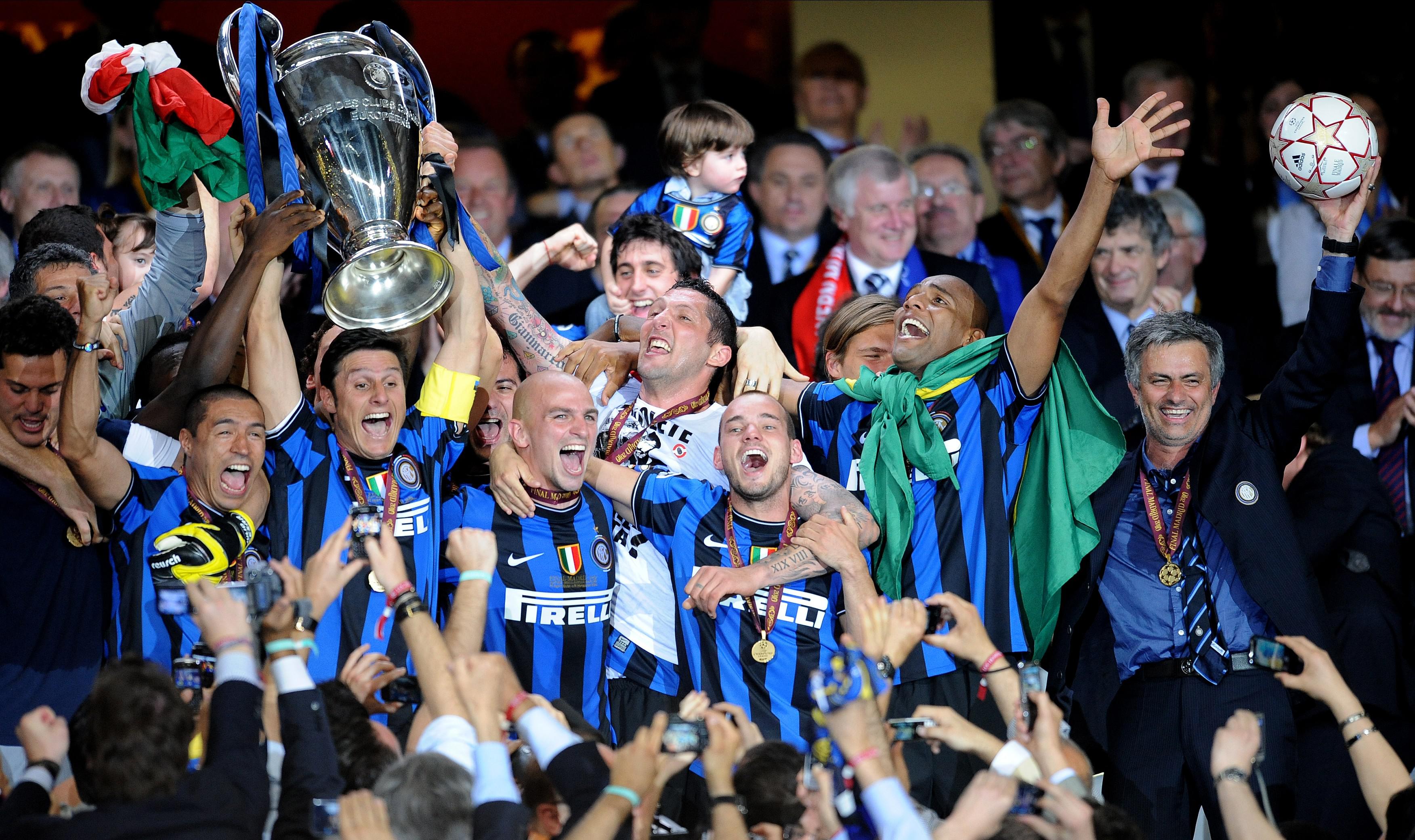Top players who started out in lower divisions
A look at some stars who began small and rose to the highest level of the game

Not every top footballer begins their career at the top of the game – far from it.
Our countdown of big-name stars who started out further down the pyramid is proof that you don't have to play in the youth system of an elite club to become a star at that level.
Let's dive straight in, shall we? Just give any of the arrows on the right a click to kick things off!
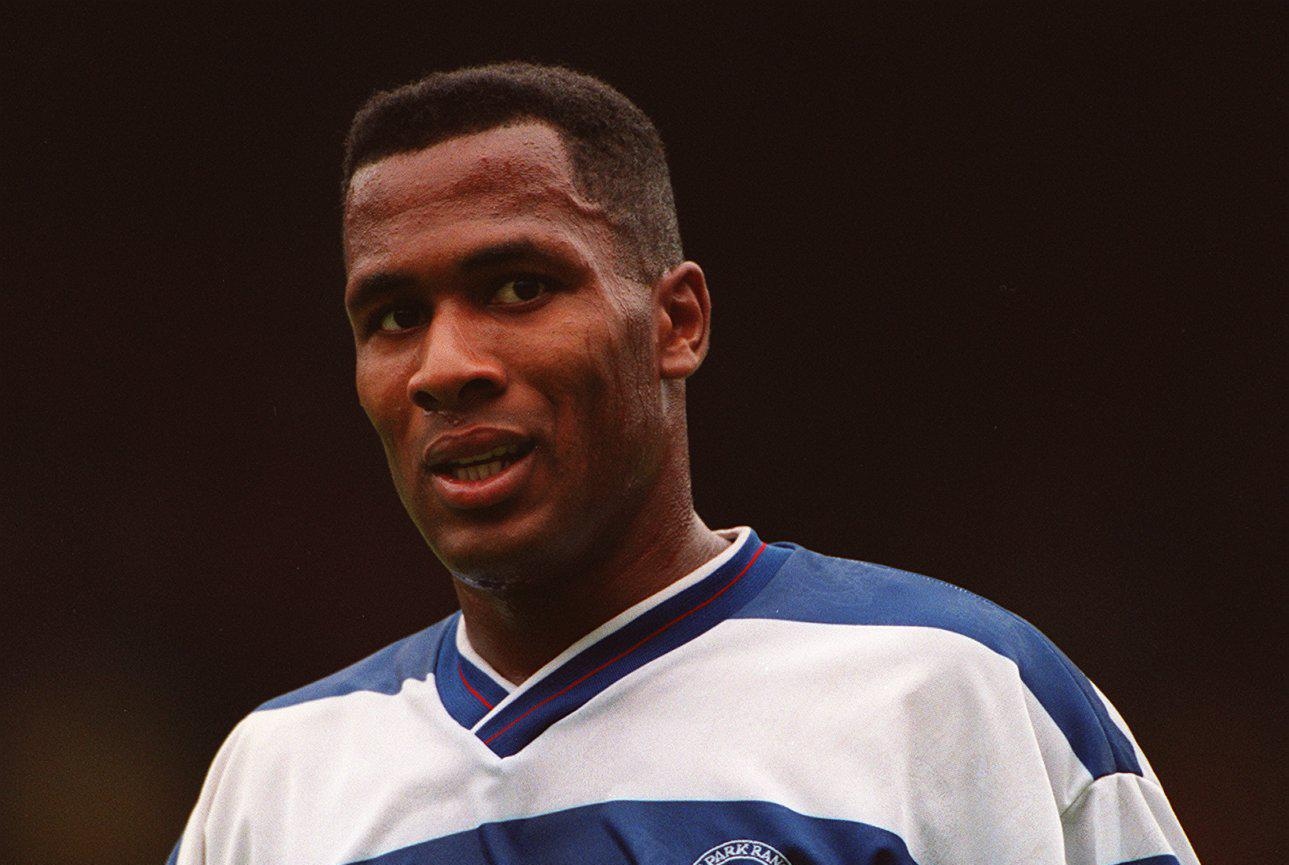
32. Les Ferdinand
Among the Premier League’s all-time leading goalscorers, Les Ferdinand found the net 149 times in the competition – most notably for Newcastle, Tottenham and QPR.
The 17-time England international – who holds the Premier League record for the most goals without scoring a penalty – joined QPR from Hayes for £50,000 in 1987, moving from non-League to the old First Division.
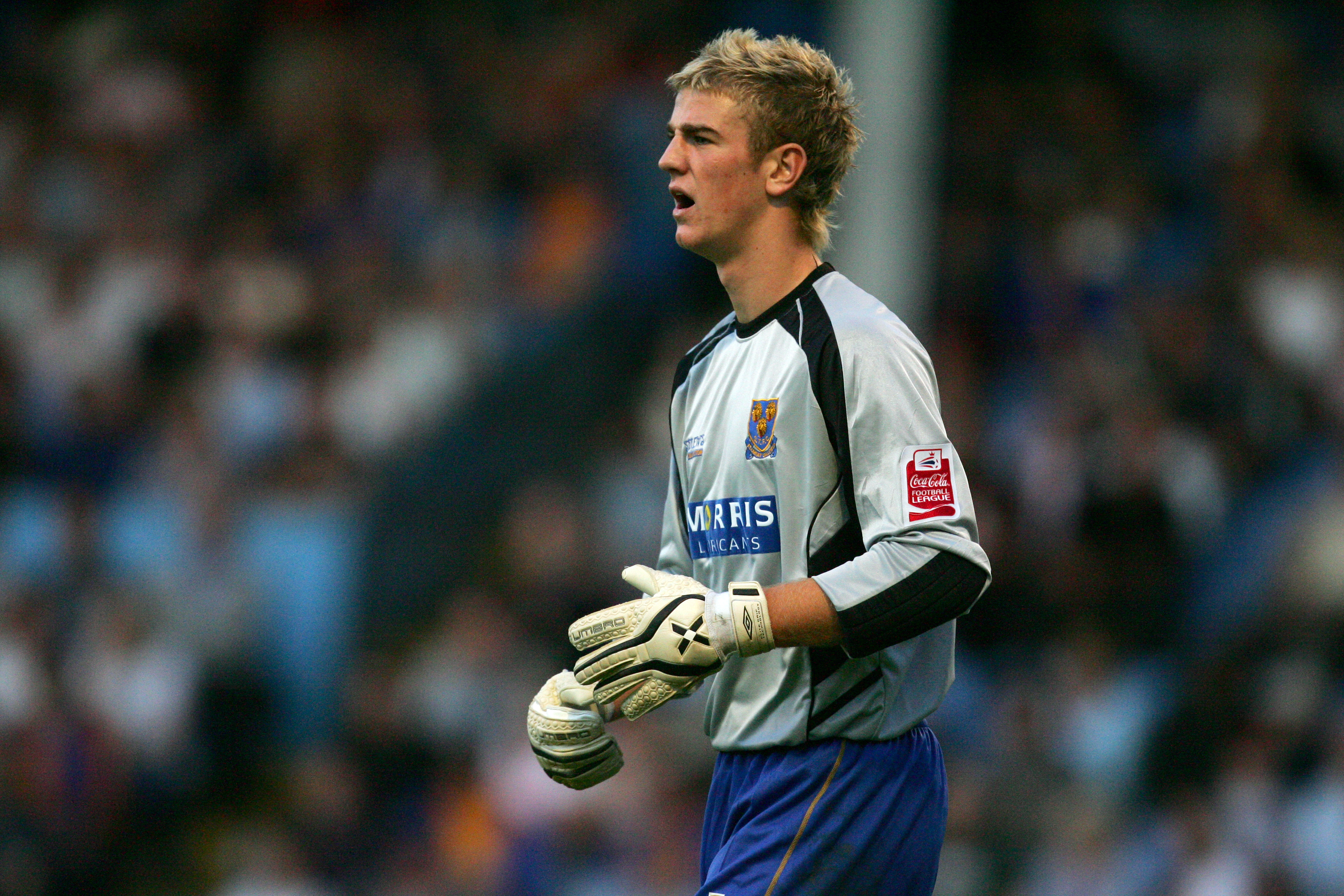
31. Joe Hart
England’s first-choice goalkeeper at three major tournaments, Joe Hart began his footballing journey with hometown club Shrewsbury, making his debut while they were a Conference outfit.
In 2006, he made the big move to Manchester City – where he soon became number one and won two Premier League titles, claiming the Golden Glove award on four occasions.
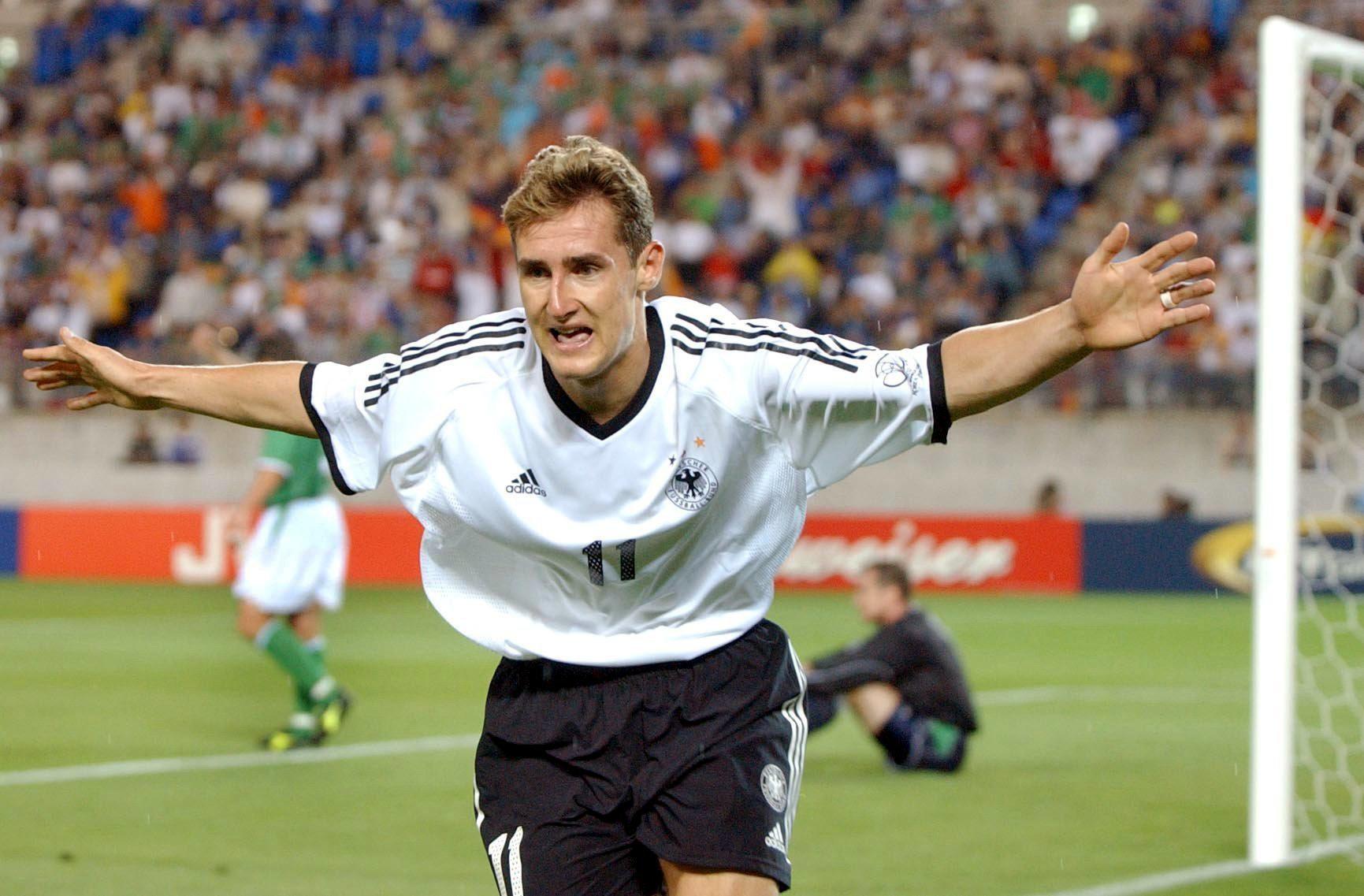
30. Miroslav Klose
He’s scored more World Cup goals than anyone else in the history of the tournament (16 over four editions, to be precise), but Miroslav Klose started his career on a far less glamorous stage.
The Polish-born striker got his break in senior football in the late 90s with FC Homburg, who were playing in the third tier of German football.
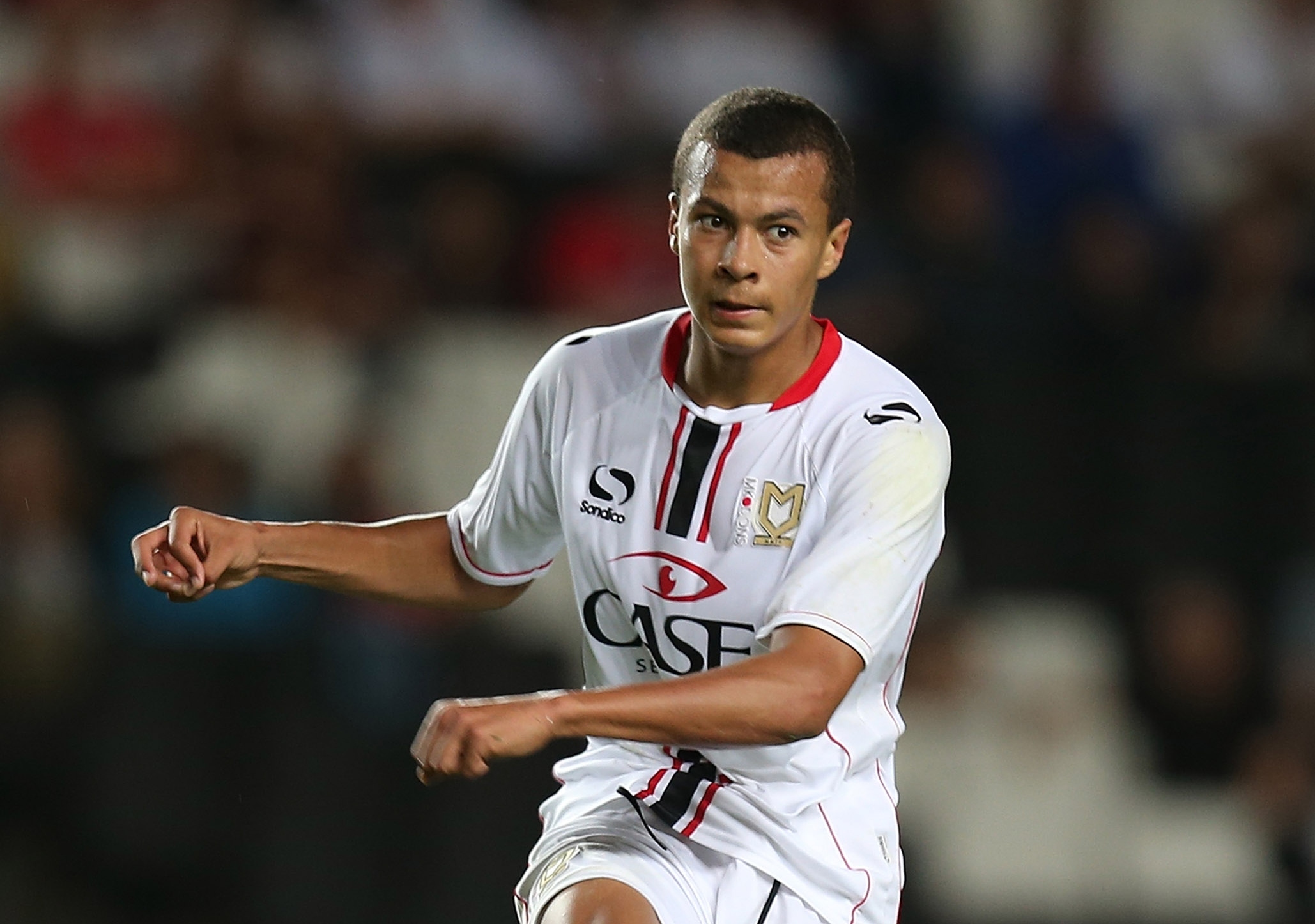
29. Dele Alli
Having shown immense potential at hometown club MK Dons, Dele Alli made the big step up from the third tier to the top flight in 2015, joining Tottenham for £5m on deadline day of the winter transfer window.
And it didn’t take him long to establish himself as one of the best young players in the world: within a couple of years, he had won back-to-back PFA Young Player of the Year wards and become an England regular.
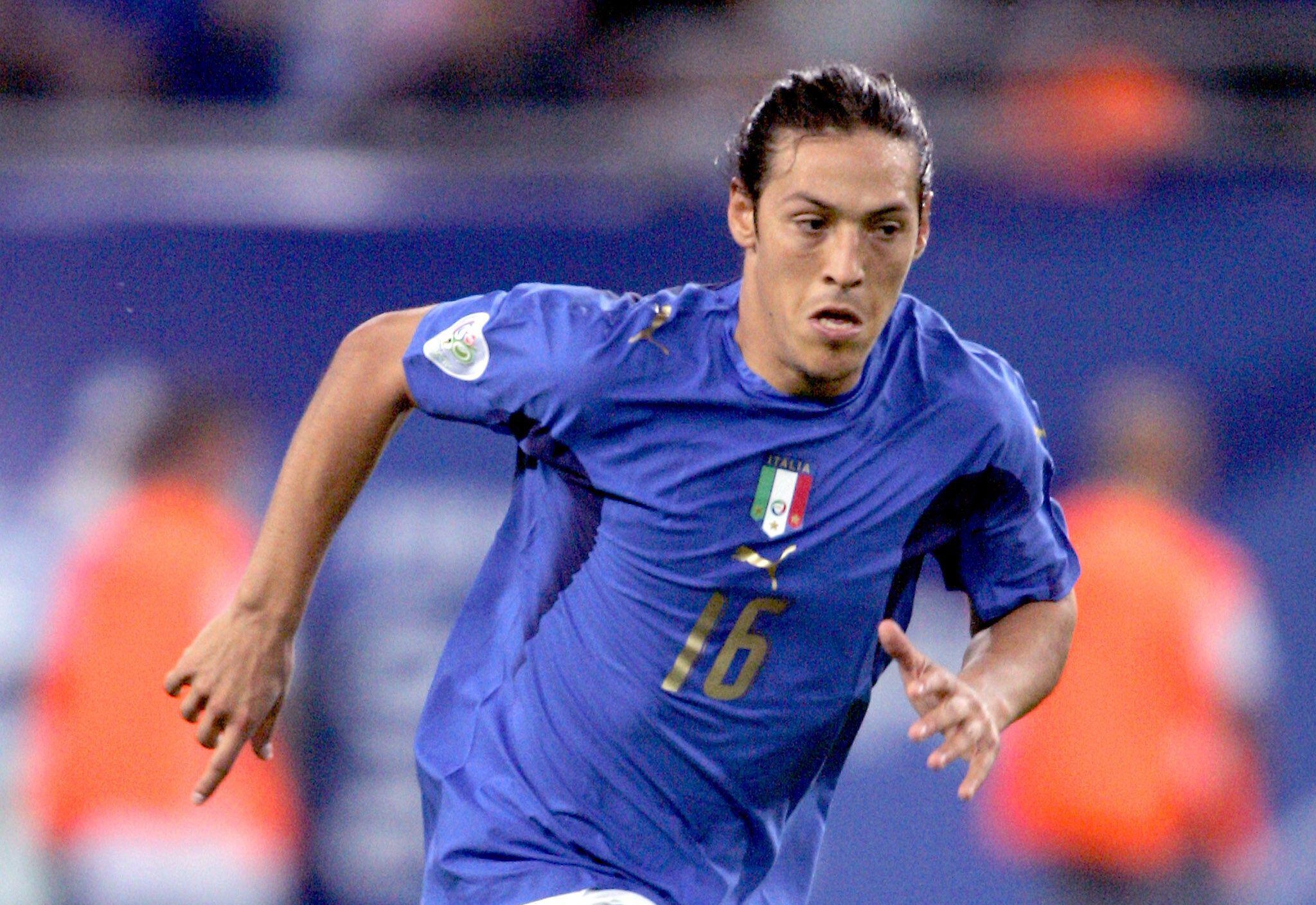
28. Mauro Camoranesi
Born in Argentina but of Italian ancestry, Mauro Camoranesi represented Italy internationally and starred in their 2006 World Cup triumph.
Also a Serie A winner and Champions League finalist with Juventus, the winger began his journey to the top in the second tier of Argentine football, turning out for Aldosivi.
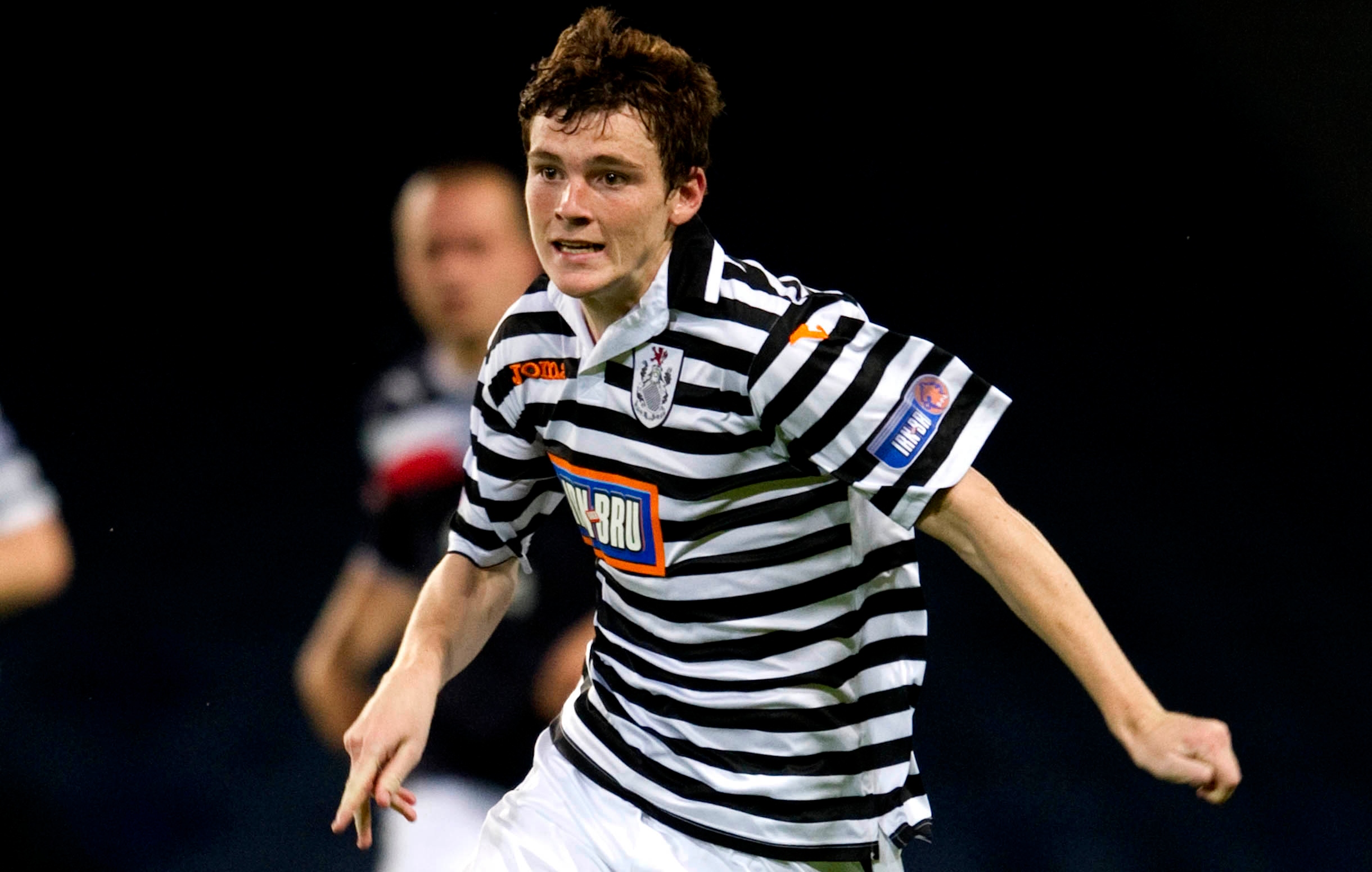
27. Andy Robertson
Andy Robertson won all of the game’s biggest honours with Jurgen Klopp’s Liverpool – but the Scotland captain had to work hard to make it to the elite level.
A key transfer came early in Robertson’s career, when the left-back departed fourth-tier outfit Queen’s Park – who called him up to their first team just as he had been about to start university – for top-flight Dundee United.
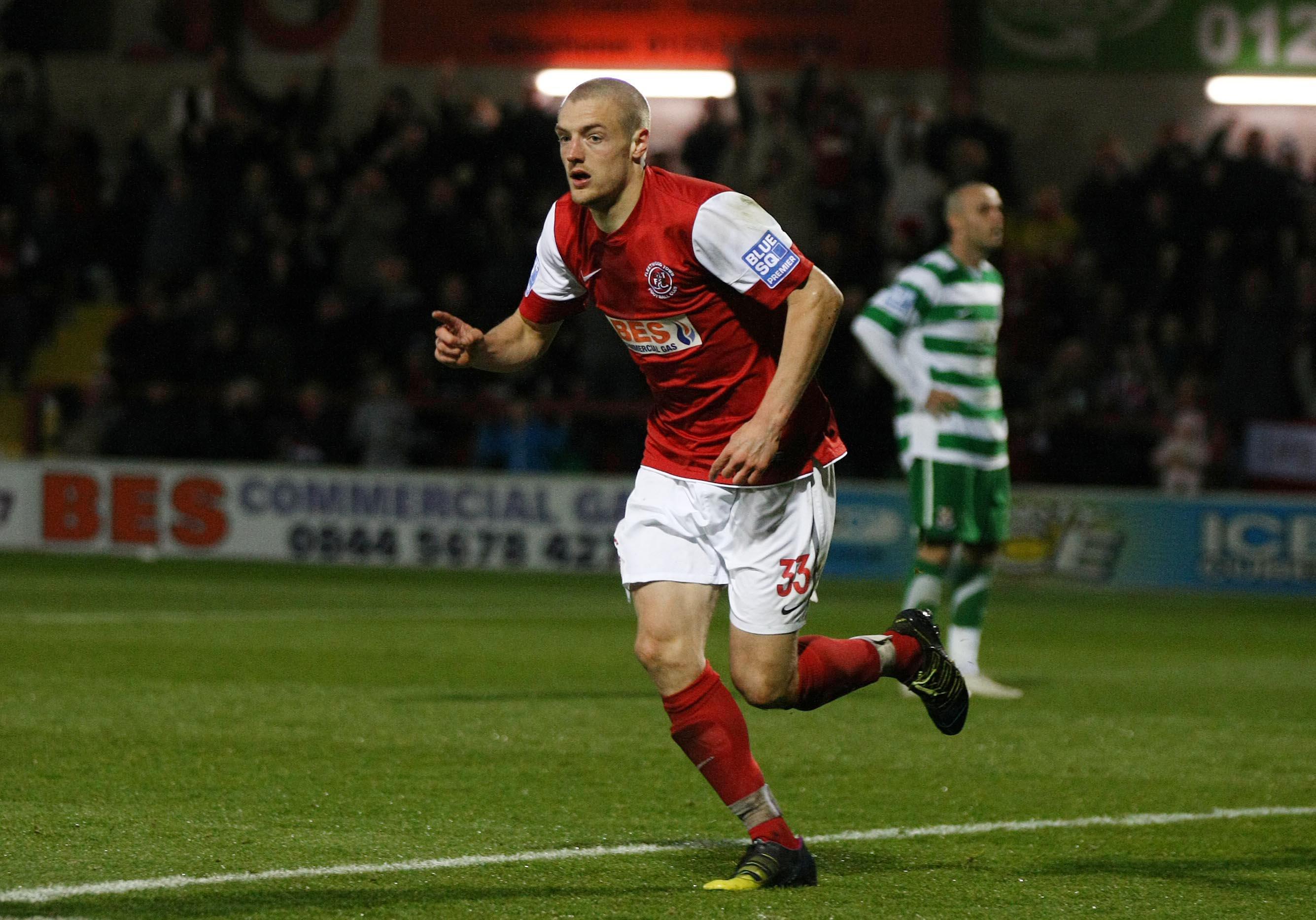
26. Jamie Vardy
We all know the Jamie Vardy story by now, but it doesn’t get any less fairytale-like the more you tell it.
In the space of just six years, Vardy went from plying his trade in the seventh tier of English football with Stocksbridge Park Steels, to firing Leicester to Premier League glory (via spells with FC Halifax Town and Fleetwood Town).
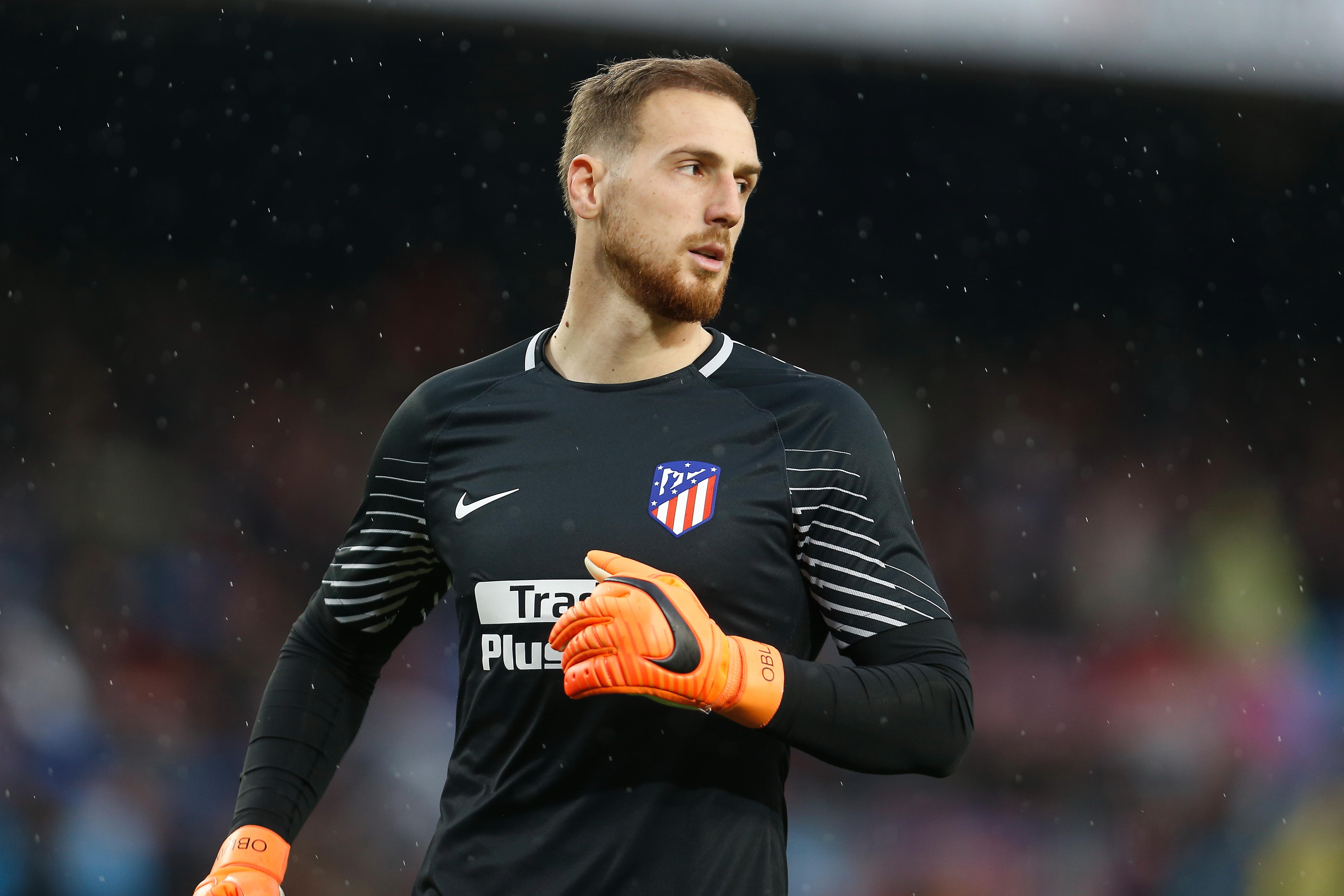
25. Jan Oblak
One of the best goalkeepers in the world, Atletico Madrid great Jan Oblak started out with one of the biggest clubs in his native Slovenia: Olimpija Ljubljana.
When Oblak made his professional debut, though – at the age of just 16 in 2009 – Olimpija were still playing in the second tier.
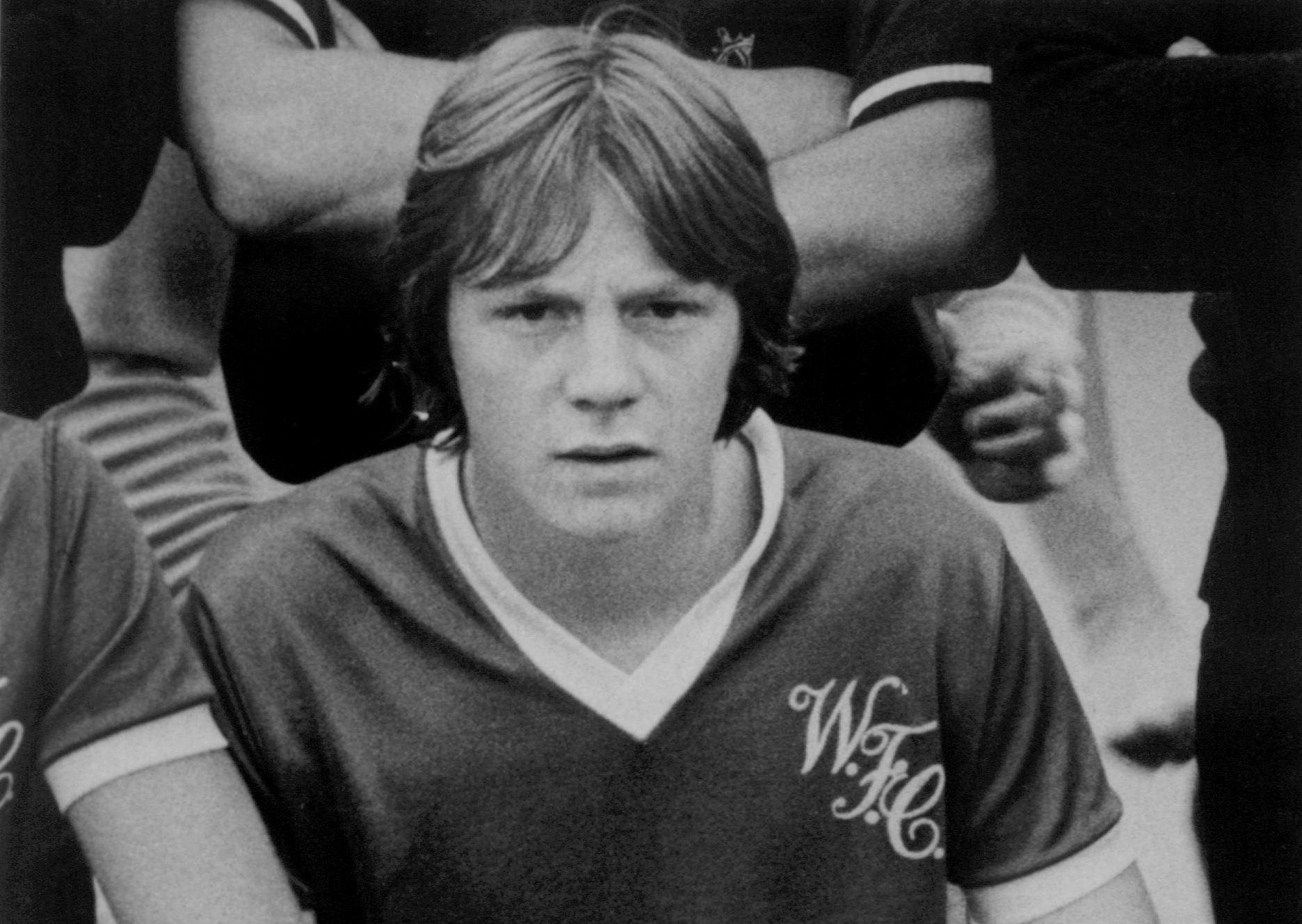
24. Stuart Pearce
England’s go-to left-back for most of the 90s, Stuart Pearce was still working as an electrician when top-flight Coventry signed him from non-League Wealdstone for £30,000 in 1983.
Two years later, Pearce was on the move again – this time to Nottingham Forest, where he made his first of five straight PFA Teams of the Year in 1987/88.
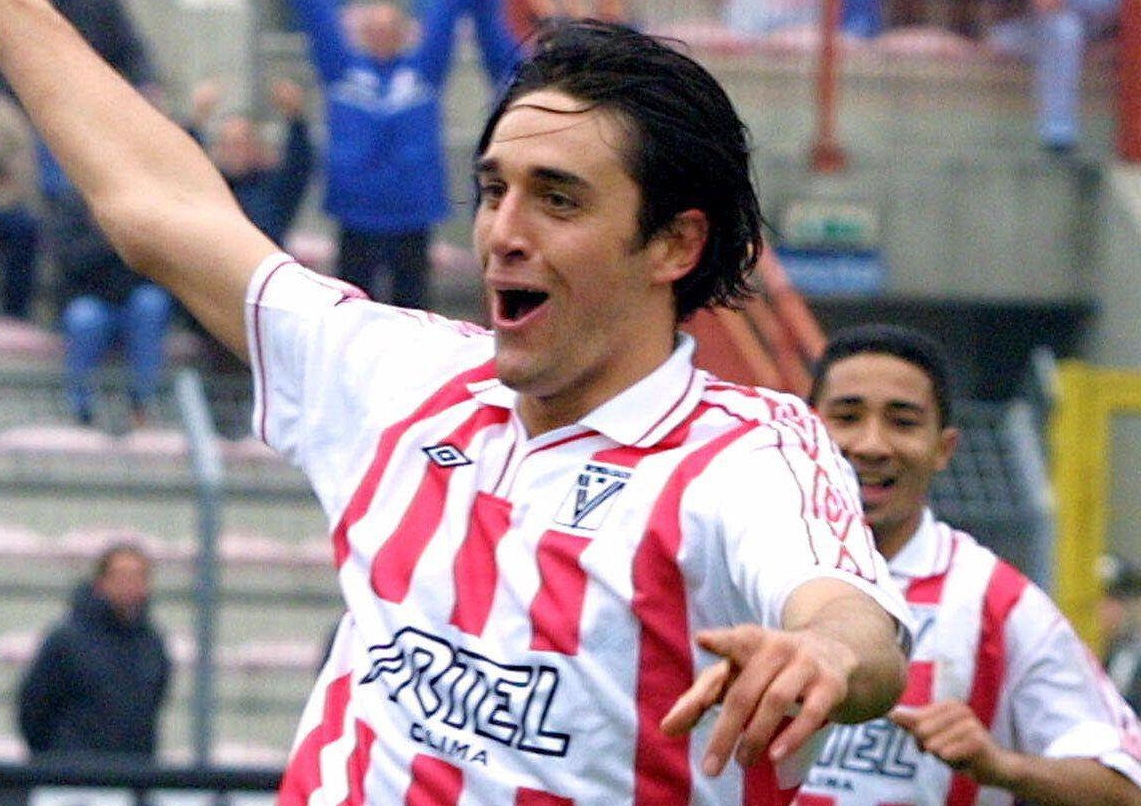
23. Luca Toni
Right up there with the highest-scoring Italian players of the post-war era, 2006 World Cup winner Luca Toni found the net more than 300 times for club and country.
Top scorer in Serie A (twice) and the Bundesliga, the former Palermo, Fiorentina and Bayern Munich frontman spent the first five years of his career bouncing between Serie C and Serie B – turning out for the likes of Modena and Treviso.
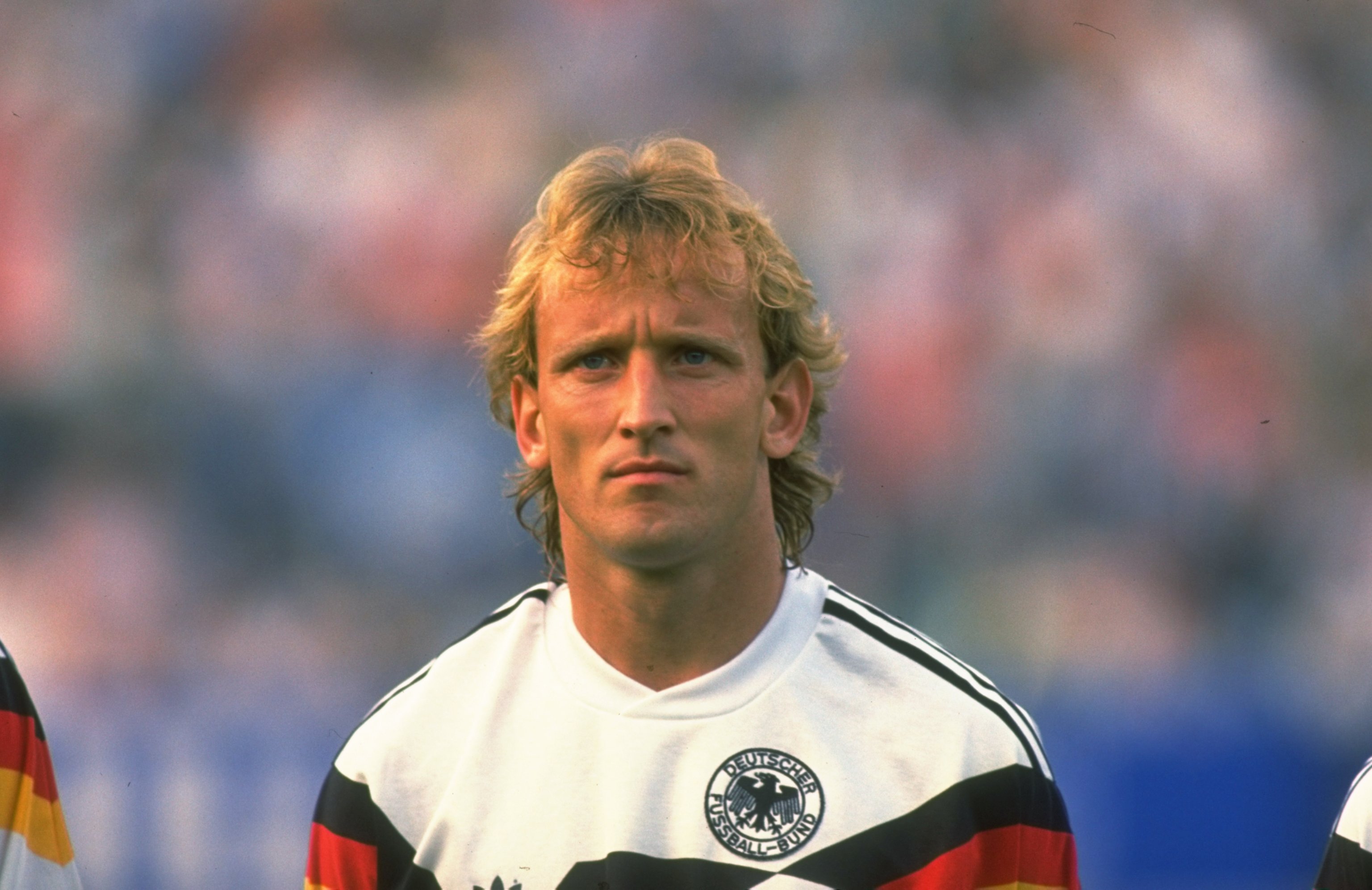
22. Andreas Brehme
West Germany’s match-winning hero in the 1990 World Cup final, the late Andreas Brehme was one of the finest full-backs ever to play the game.
Brehme would go on to be crowned a Bundesliga champion with Kaiserslautern and Bayern Munich, and win the Scudetto with Inter, but he began his senior career at Saarbrucken of the German second tier.
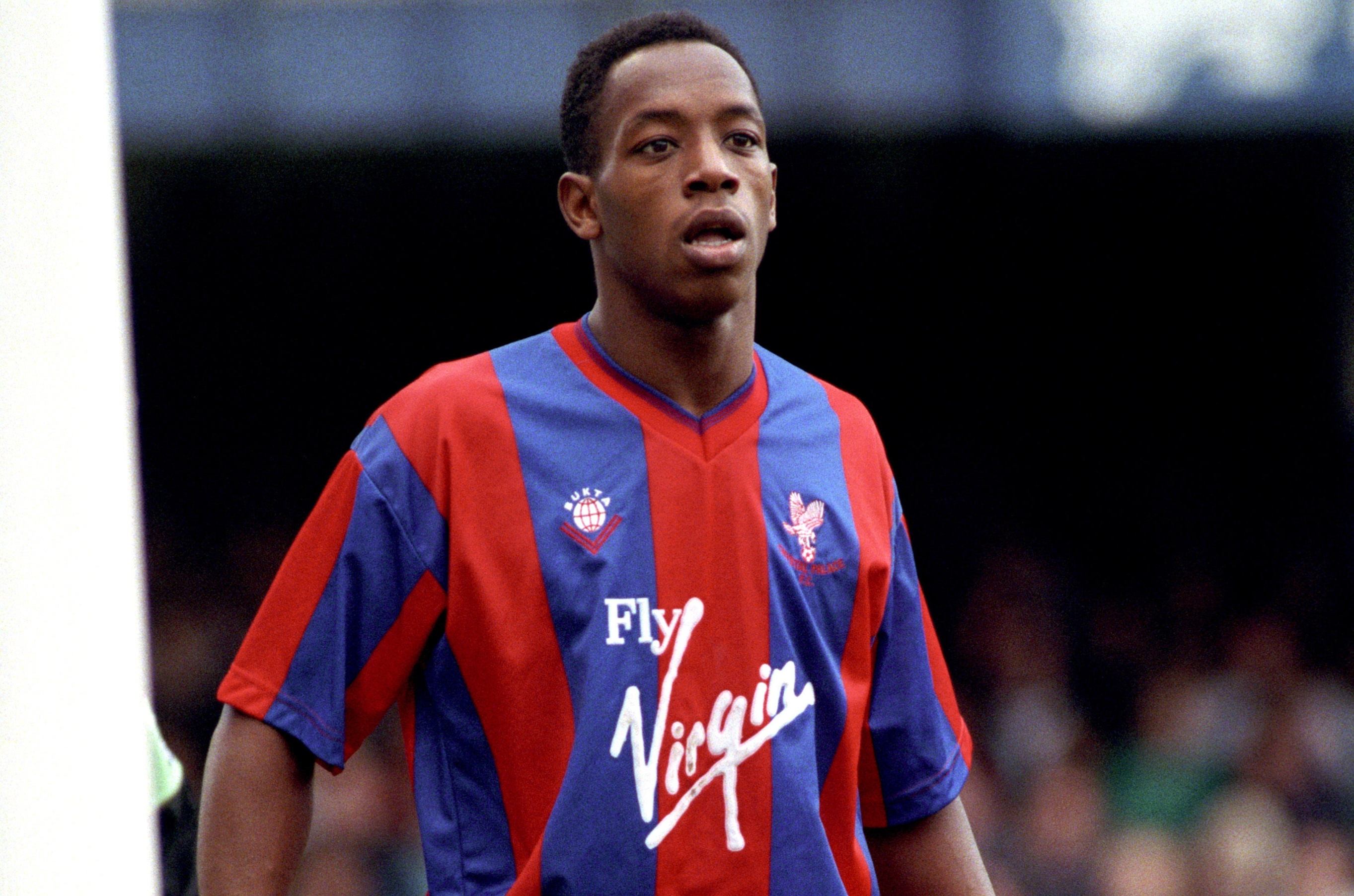
21. Ian Wright
Another famous example of a free-scoring striker rising from non-League to the very top of English football, Ian Wright didn’t turn pro until he was almost 22 – when Crystal Palace, then of the Second Division, signed him from Greenwich Borough.
Wright fired Palace to promotion in 1988/89, moving on to Arsenal three years later and becoming a bona fide Gunners legend – scoring 185 goals and winning four major trophies.
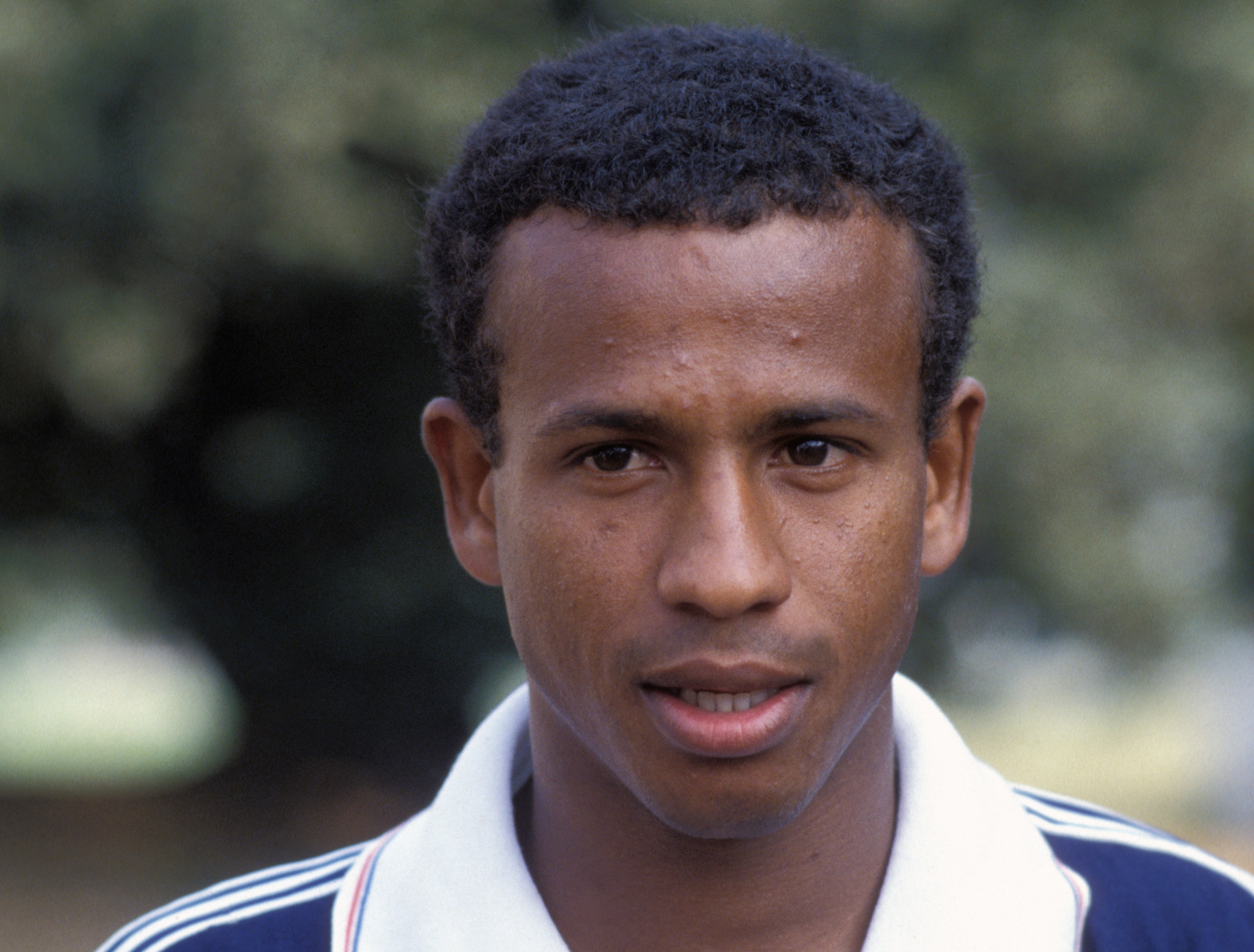
20. Jean Tigana
Born in French Sudan (modern-day Mali), Jean Tigana starred in France’s 1984 European Championship triumph and was one of the best midfielders of that decade.
A multiple French top-flight title winner with both Bordeaux and Marseille, Tigana got his break in professional football at second-tier Toulon – where he spent three seasons before joining Lyon.
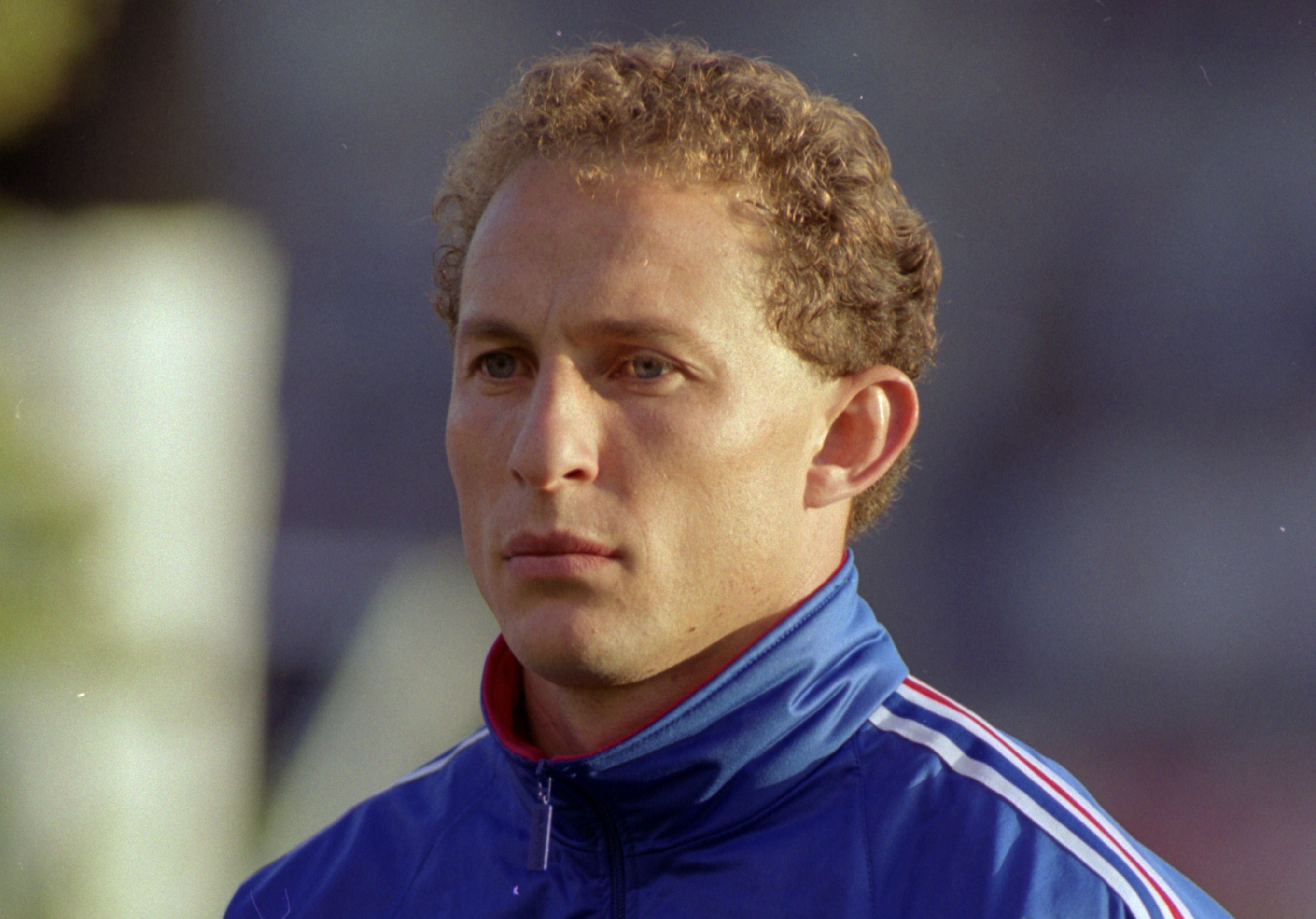
19. Jean-Pierre Papin
French legend Jean-Pierre Papin was among the most clinical strikers of the late 80s and early 90s, and it all began for the 1991 Ballon d’Or winner at INF Vichy.
Papin – who went on to win the 1993/94 Champions League with Milan – recorded his first double-figure goals campaign in his final season with the French third-tier outfit, leaving for second-tier Valenciennes in 1984 – then joining Belgian giants Club Brugge a year later.
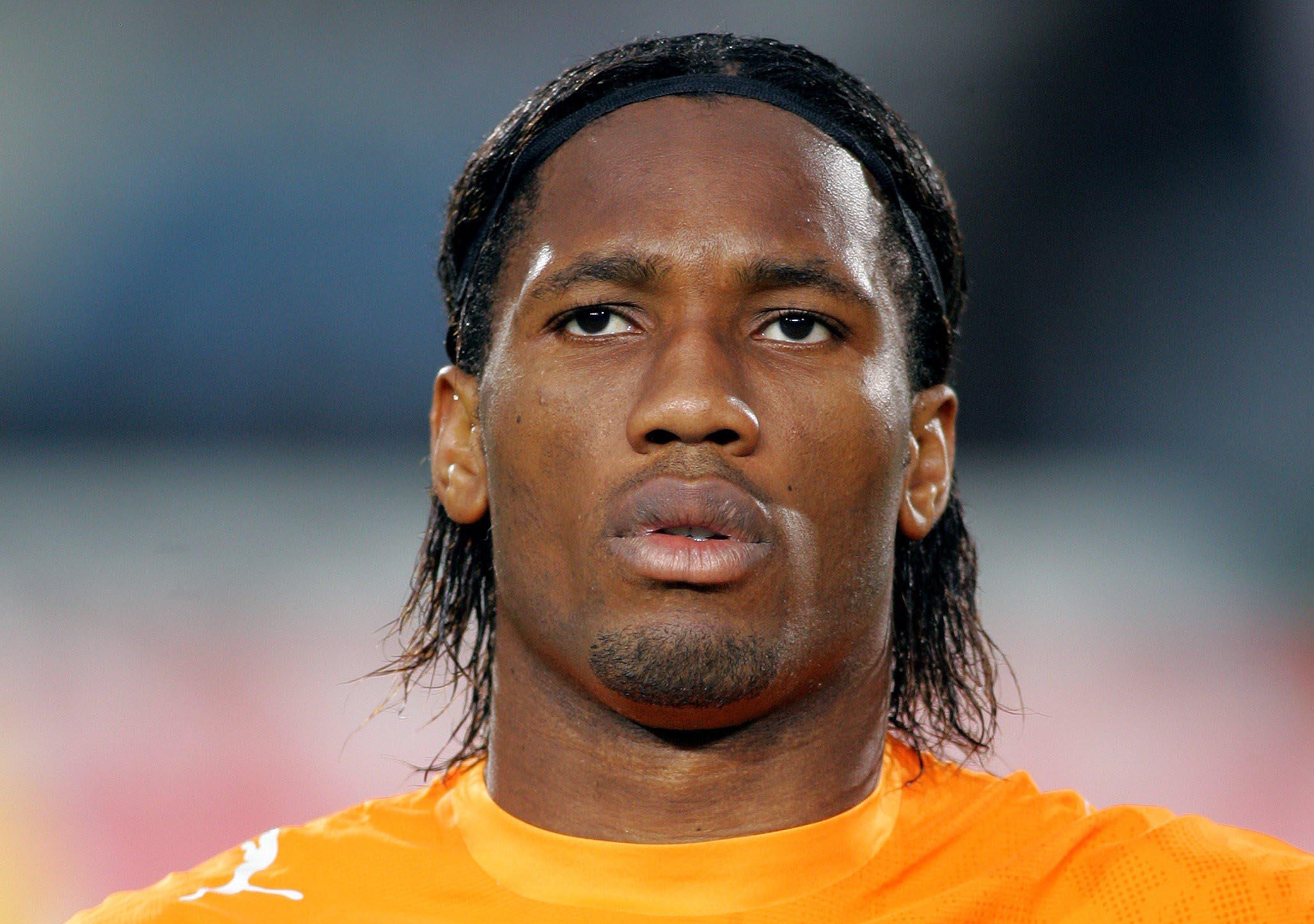
18. Didier Drogba
One of the Ivory Coast’s greatest ever players and among Chelsea’s all-time top goalscorers, Didier Drogba undoubtedly goes down as one of the standout strikers of the early 21st century.
But the two-time African Footballer of the Year didn’t play exclusively at the highest level: he started out with a four-year spell at Le Mans in the French second tier, leaving for Ligue 1 Guingamp in 2001.
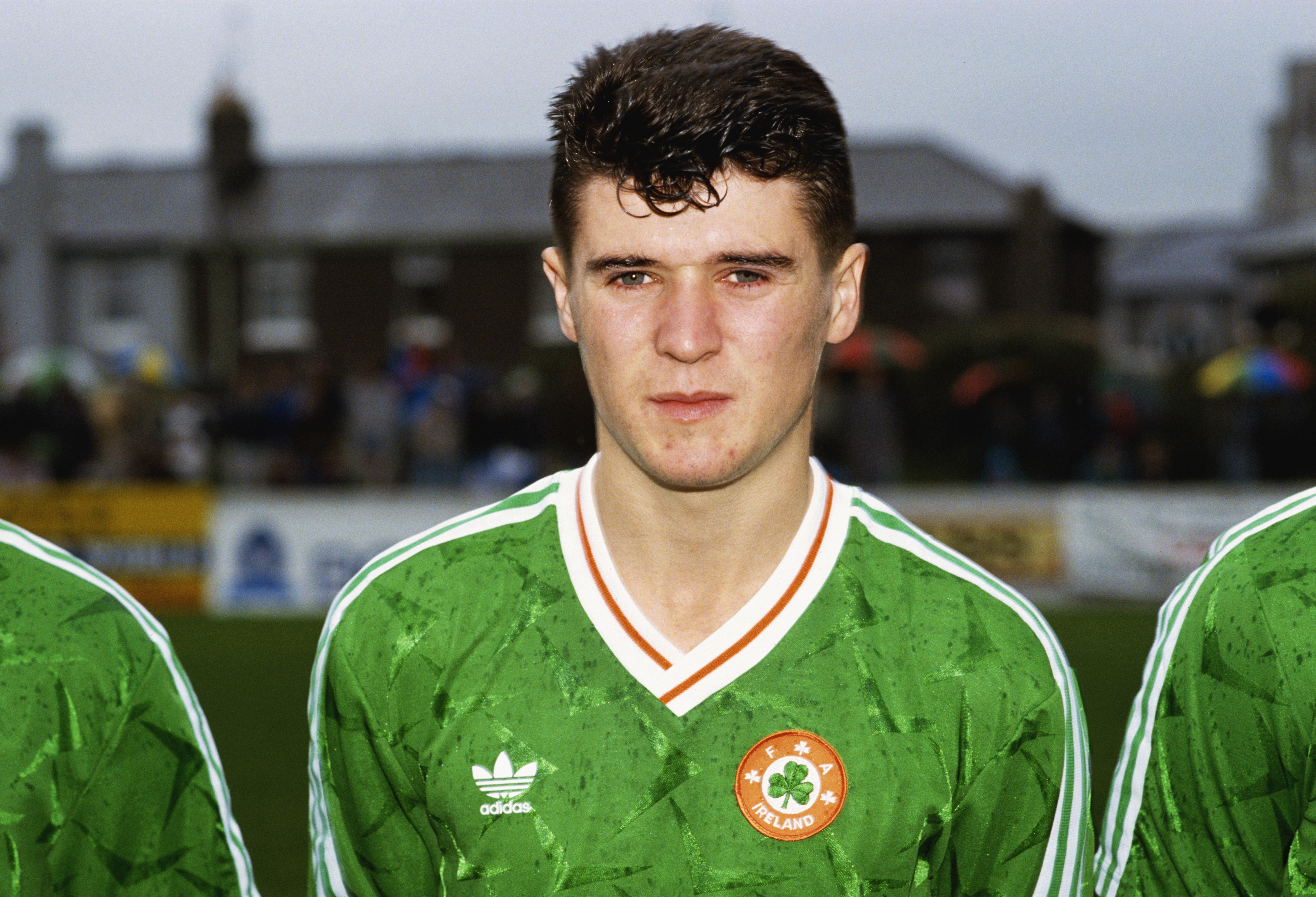
17. Roy Keane
Legendary captain of Manchester United and the Republic of Ireland, Roy Keane began his long and successful career with Cobh Ramblers of his homeland’s second tier.
In 1990, Keane came to the attention of Brian Clough’s Nottingham Forest – where he spent three years before joining Alex Ferguson’s United for a then British-record £3.75m.
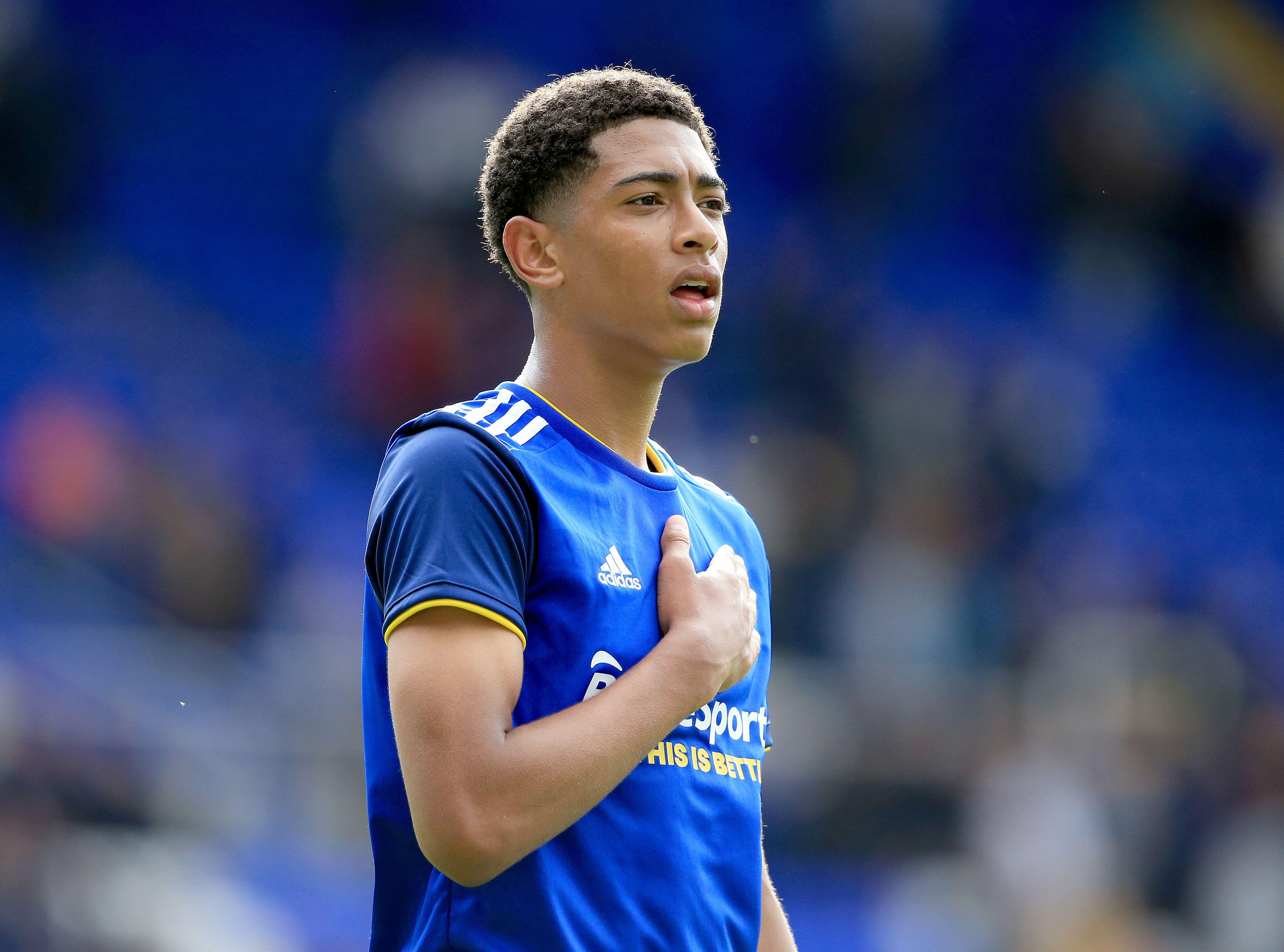
16. Jude Bellingham
As England reached the final of Euro 2024, 20-year-old Jude Bellingham made history by becoming the youngest player ever to feature at three major international tournaments.
And he did it all without playing Premier League football – bursting onto the scene at Birmingham City, joining Borussia Dortmund for £25m at 16 in 2020, then earning an even bigger, £88.5m transfer to Real Madrid in 2023.
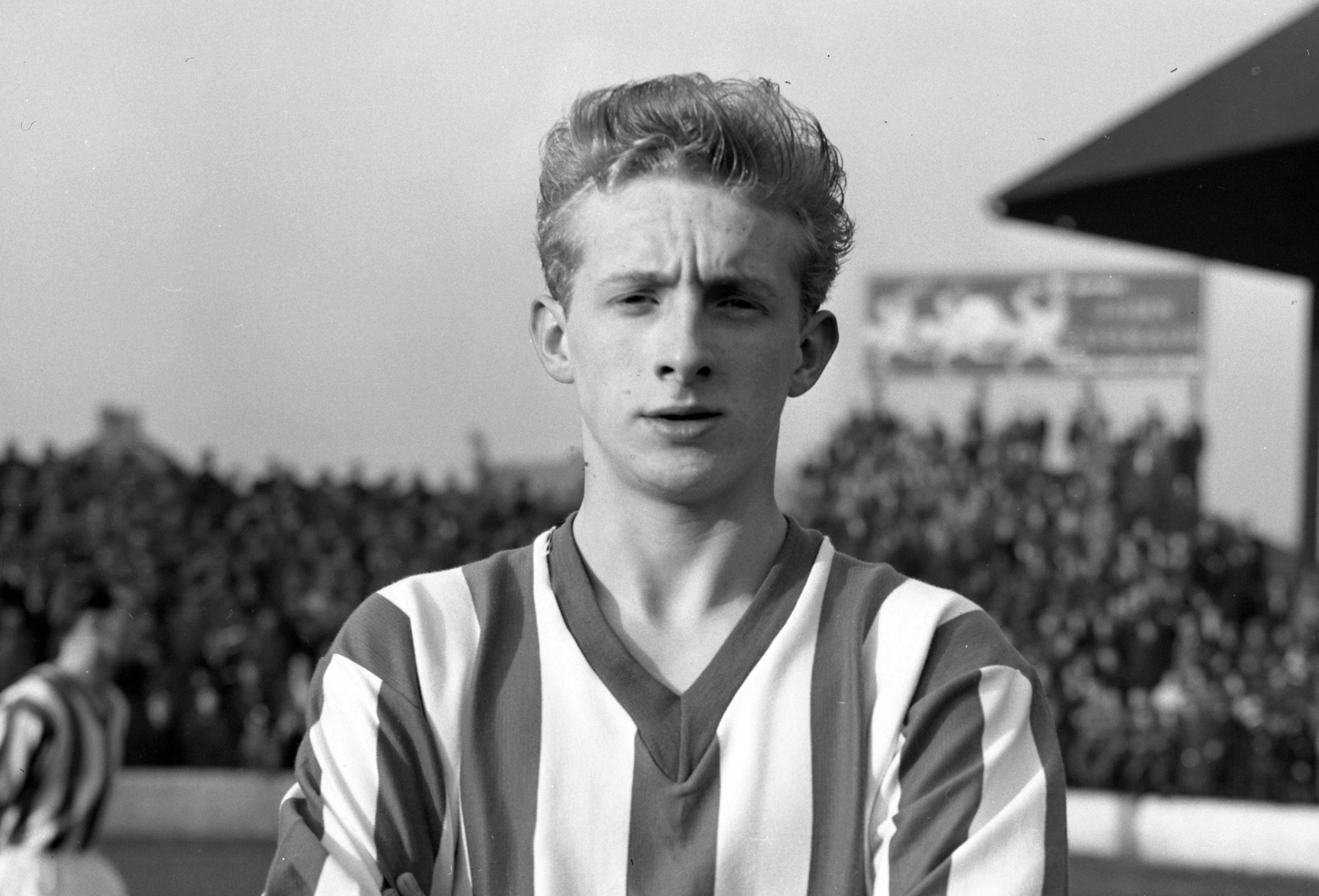
15. Denis Law
He’s one of the greatest players and most prolific goalscorers in Manchester United’s history, but Denis Law got his first taste of top-flight football with Manchester City (he eventually joined the Red Devils from Torino in 1962).
City beat Matt Busby’s United to The Lawman’s signature in 1960, completing a British-record £55,000 deal to sign him from Second Division Huddersfield Town.
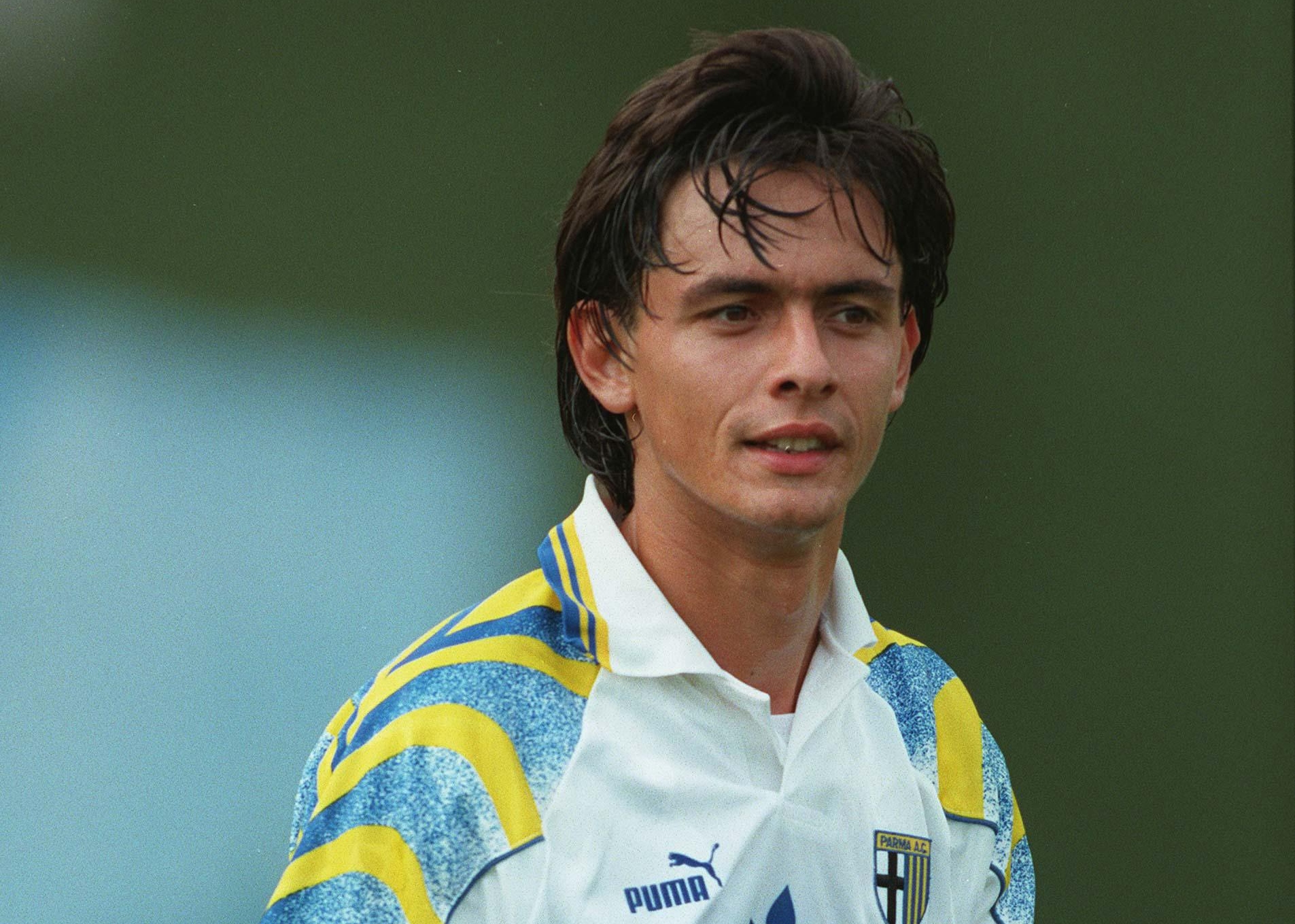
14. Pippo Inzaghi
Among the all-time leading Champions League goalscorers, ‘Superpippo’ Inzaghi is a true legend of Italian football.
Before starring for Juventus, Milan and the national team – with whom he won the 2006 World Cup – Inzaghi made a name for himself at Serie B Piacenza, firing them to the title in 1994/95 and earning a move to Serie A Parma.
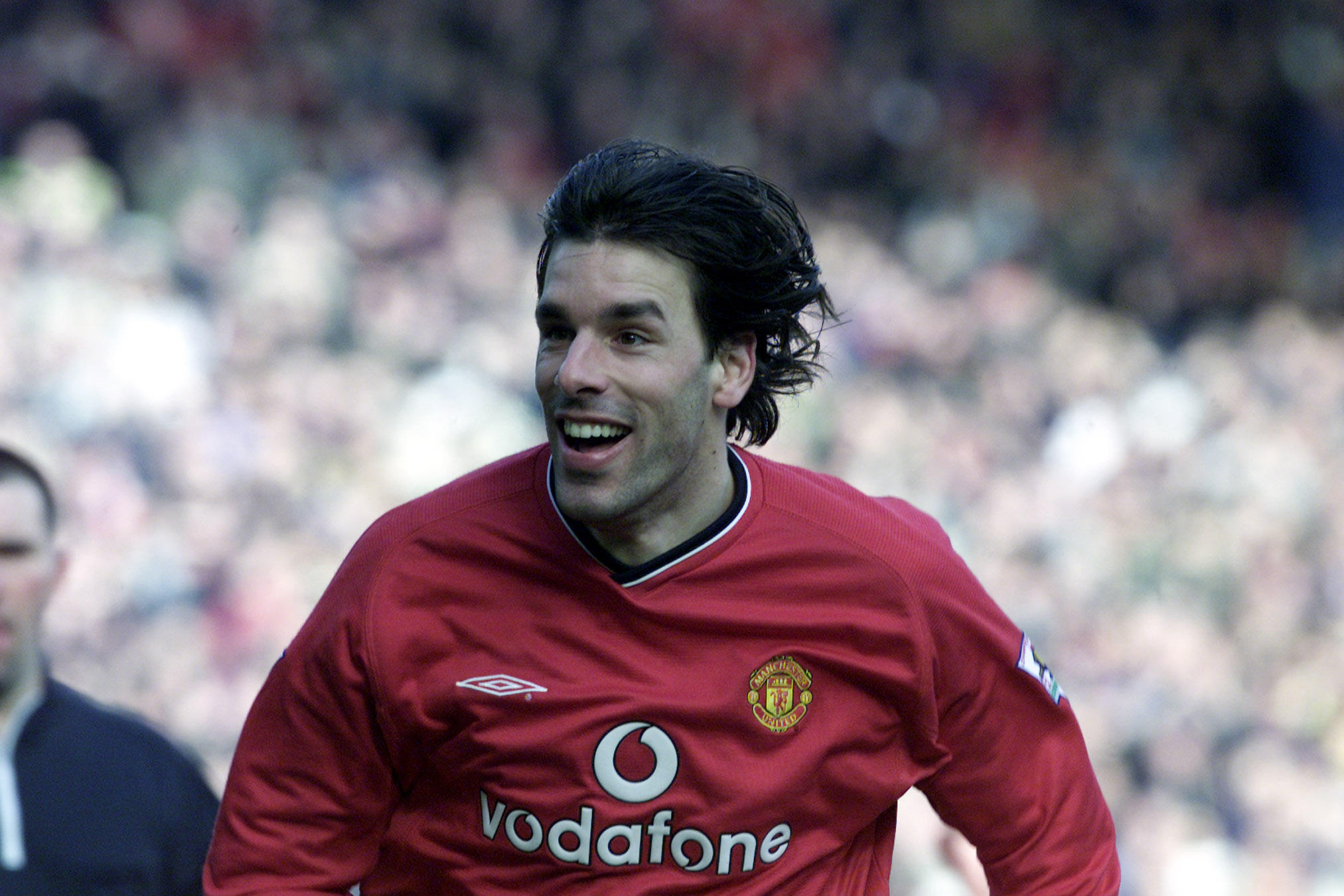
13. Ruud van Nistelrooy
The ultimate fox in the box, Rudd van Nistelrooy scored 94 of his 95 Premier League goals for Manchester United from inside the area.
Signed by Manchester United from PSV in 2001, the devastatingly clinical Dutchman – who won the 2002/03 Prem title and Golden Boot – first made a name for himself with second-tier side Den Bosch, who converted him from a midfielder into a centre-forward.
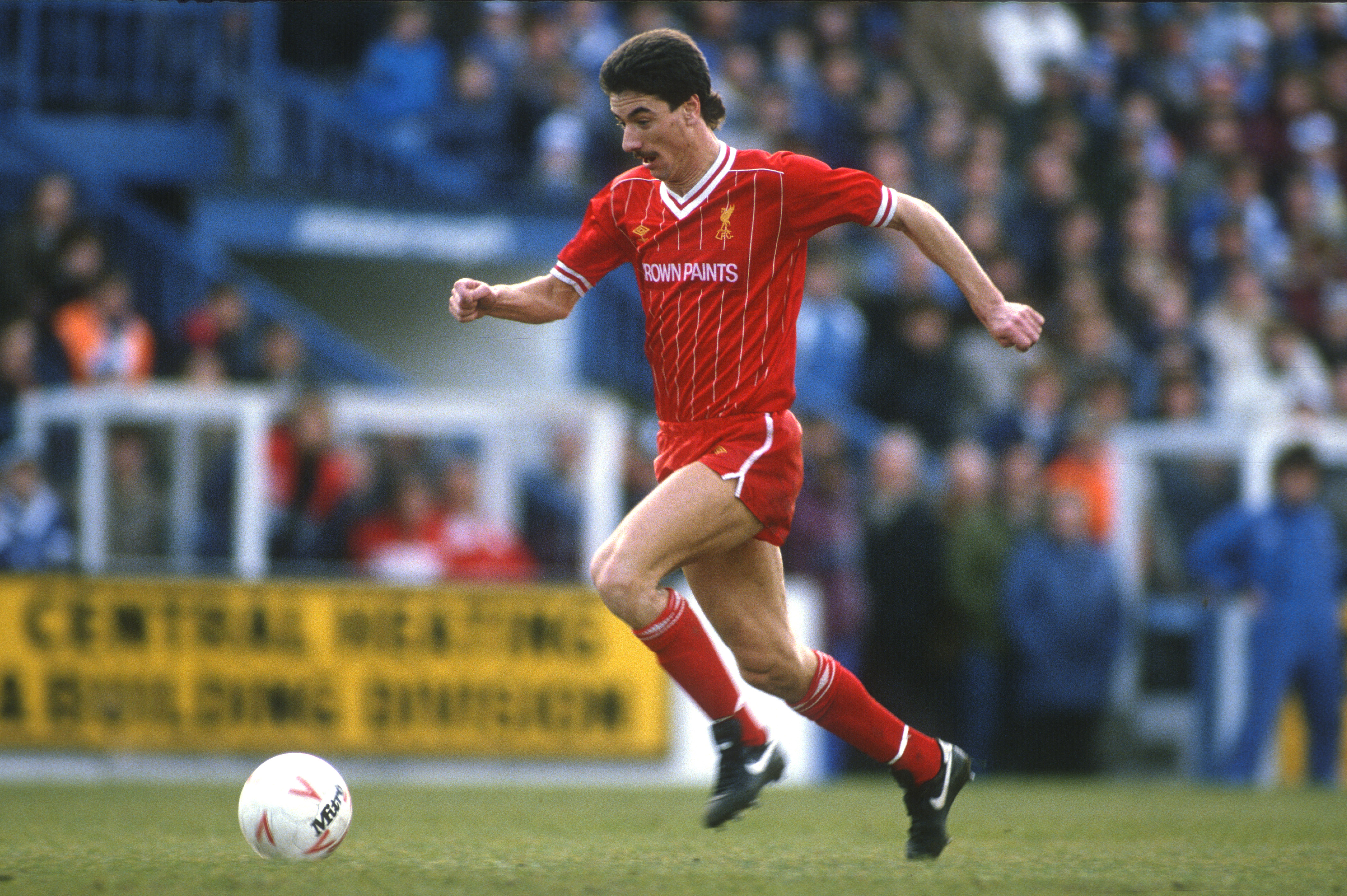
12. Ian Rush
Ian Rush’s record of 346 goals for Liverpool may never be broken – and what makes the wonderful Welsh marksman’s feat all the more impressive is that he didn’t even spend his whole career at Anfield.
Rush initially joined the Reds as an 18-year-old from Third Division Chester City in 1980; he found the net 211 times during his first spell on Merseyside, then added a further 211 goals following a brief stint with Juventus.
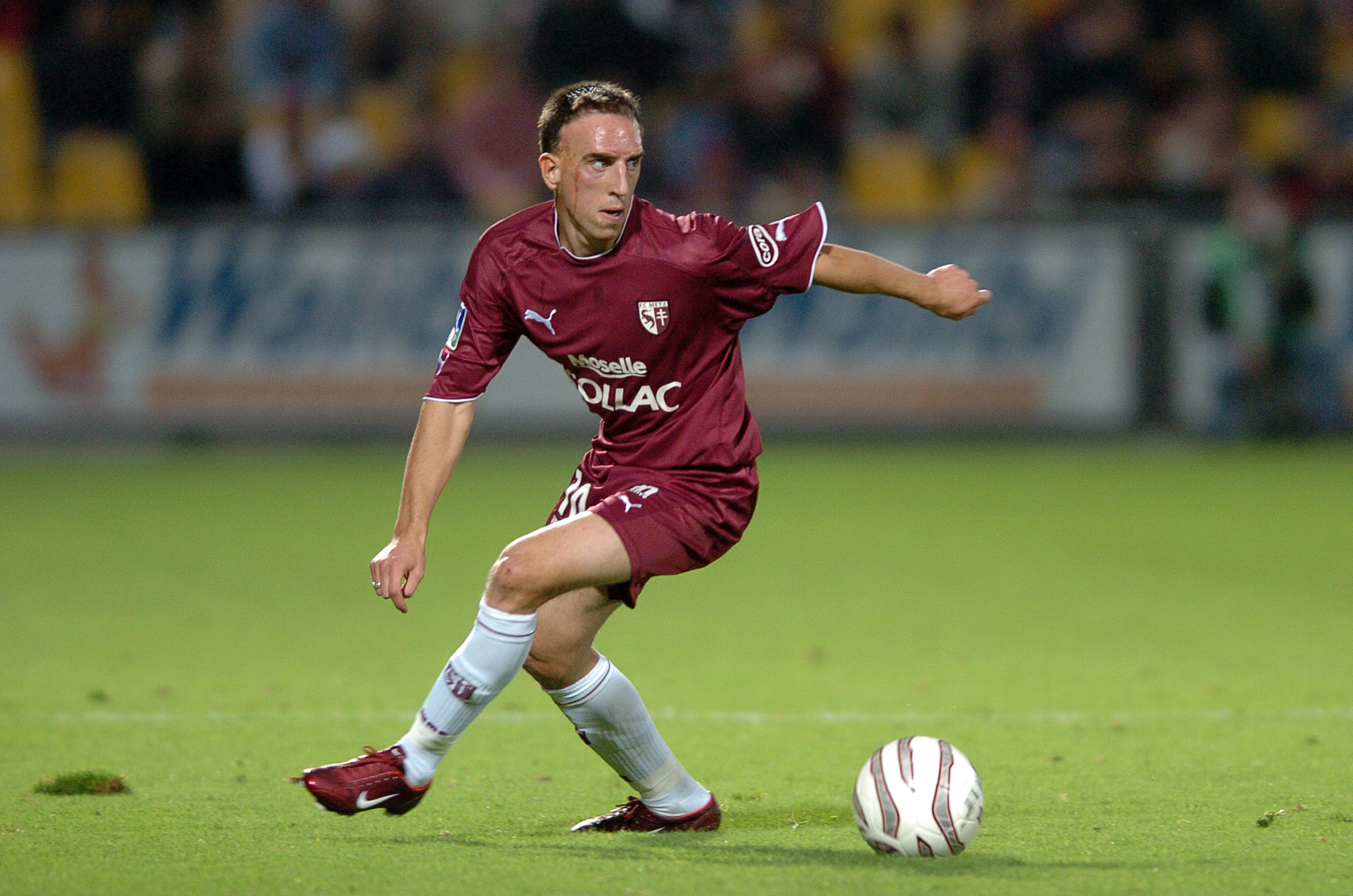
11. Franck Ribery
One of the best players in the world in his prime, fabulous French winger Franck Ribery didn’t get his first taste of top-flight football until the age of 21 – after joining Metz from third-tier Brest.
Within three years, he had moved on to Bayern Munich via Galatasaray, and it was with the German giants that he achieved true greatness, memorably helping them to the treble in 2012/13 under Jupp Heynckes.
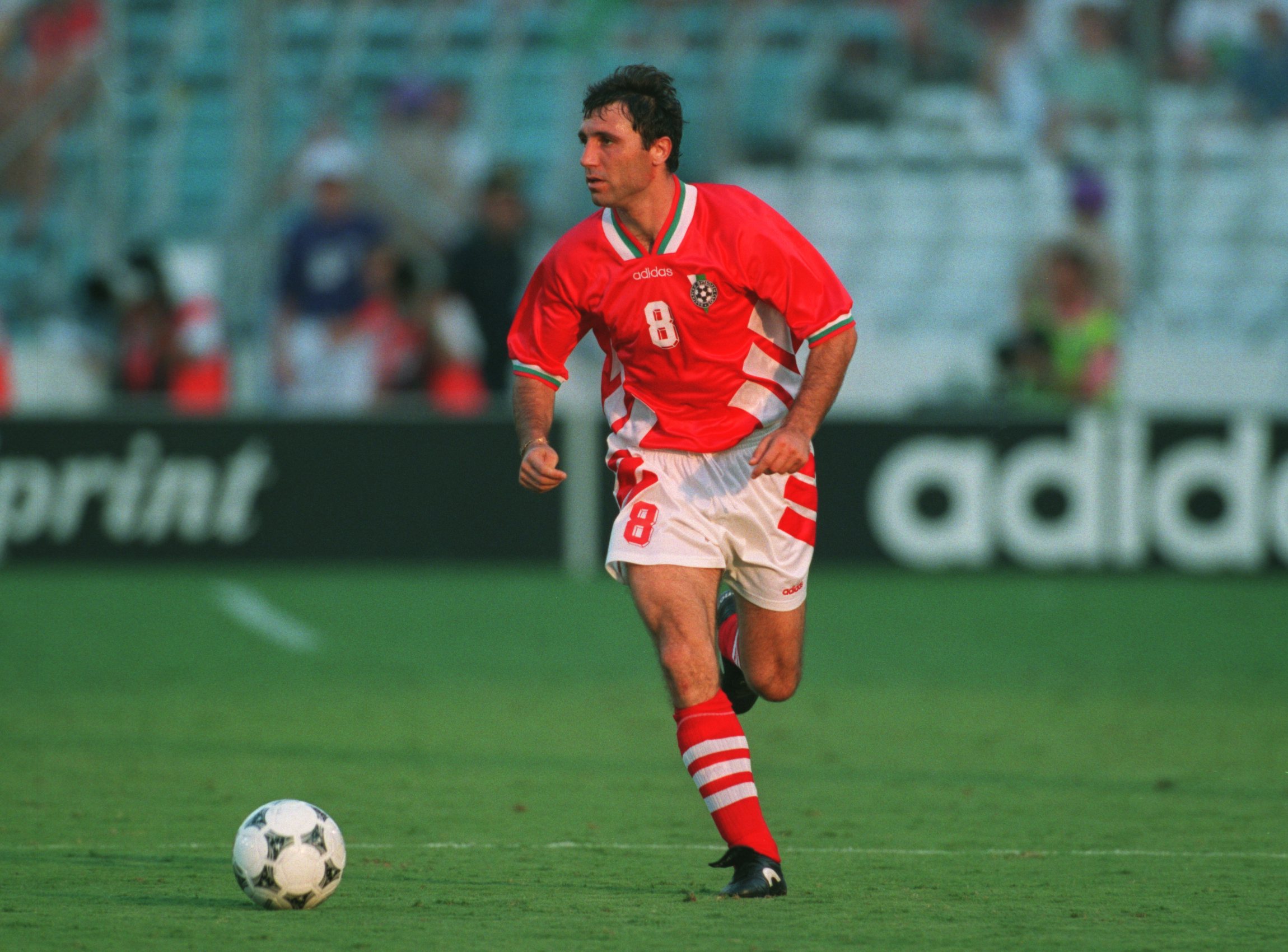
10. Hristo Stoichkov
The greatest Bulgarian footballer of all time, Hristo Stoichkov won the Ballon d’Or after inspiring his country to the 1994 World Cup semi-finals.
Just over a decade earlier, the free-scoring frontman – who won the Champions League and Cup Winners’ Cup with Barcelona – had been plying his trade in the third tier of the Bulgarian game for Hebros Harmanli – from where he was signed by CSKA Sofia in 1985.
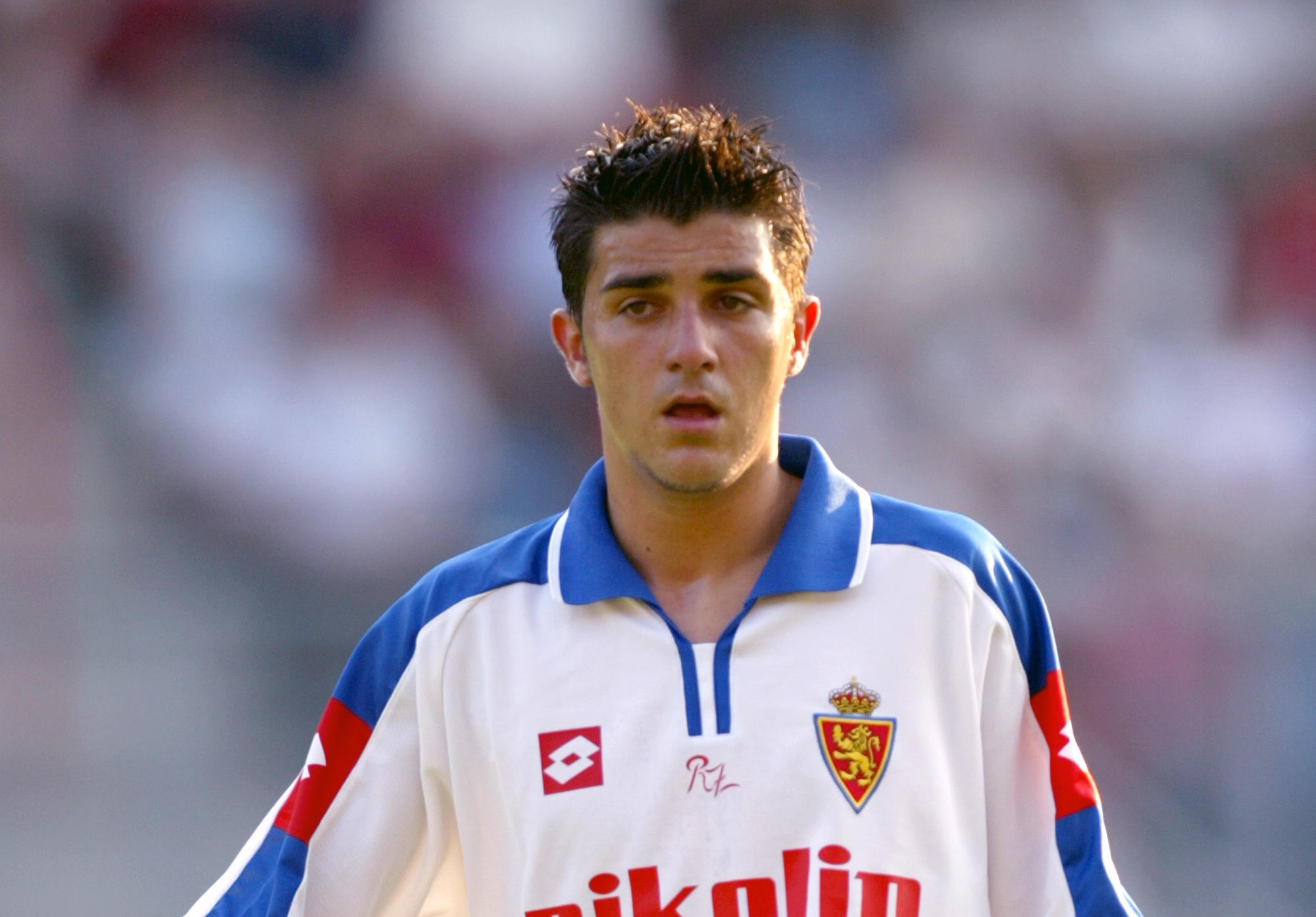
9. David Villa
Spain’s standout striker of the early 21st century and a member of his nation’s Euro 2008- and 2010 World Cup-winning sides, David Villa scored more than 200 LaLiga goals – the bulk of them for Valencia – and won every major trophy available with Pep Guardiola’s Barcelona.
He got his top-flight break at Real Zaragoza, who brought him in from second-tier Sporting Gijon in 2003.
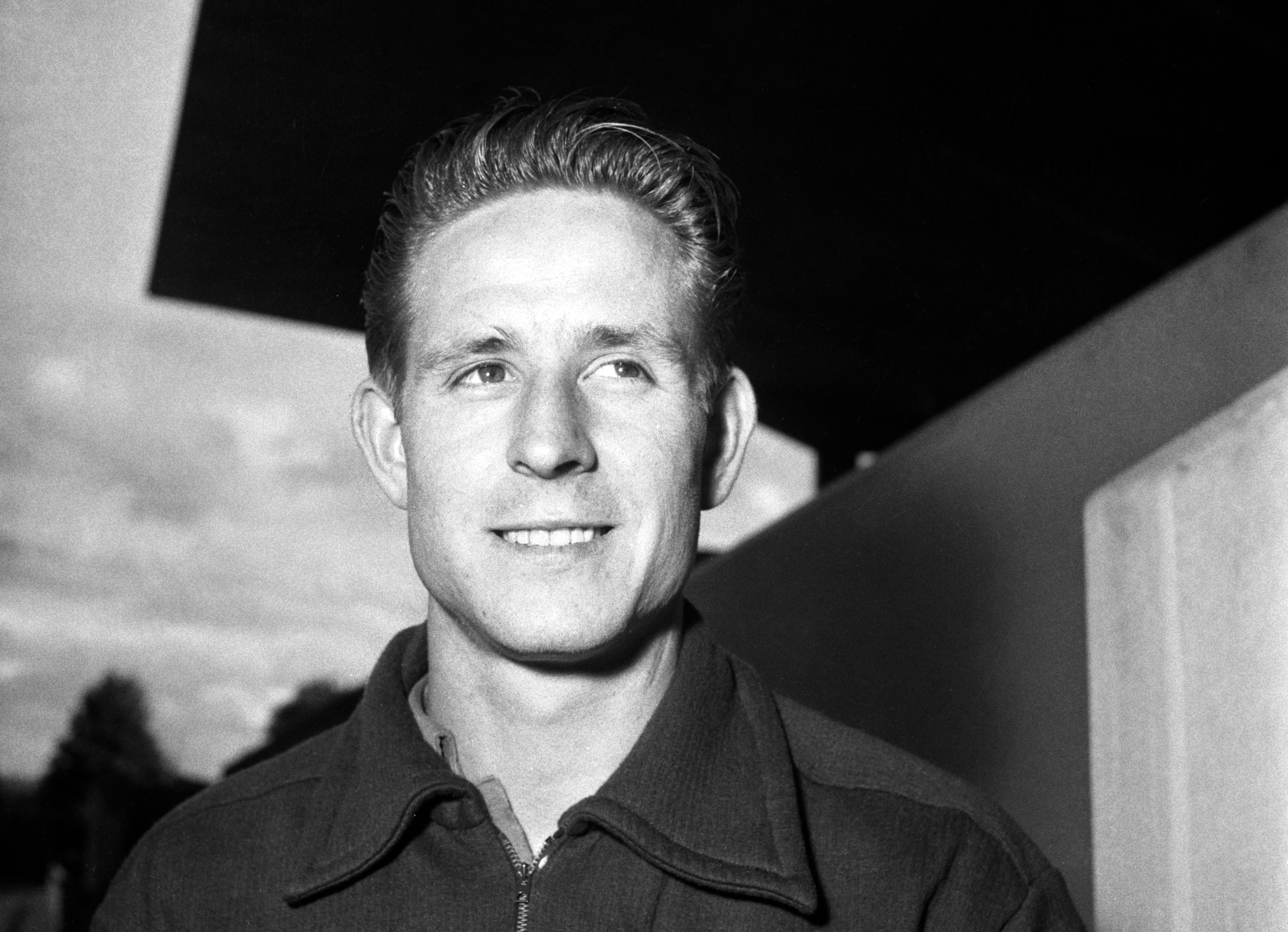
8. Raymond Kopa
France’s finest footballer of the 1950s and a three-time European Cup winner with Real Madrid in the early days of the competition, Raymond Kopa was the third ever recipient of the Ballon d’Or, picking up the game’s ultimate individual prize in 1958.
Only seven years earlier, he had been playing second-tier football for Angers – who he left for Reims, the premier French club of that era.
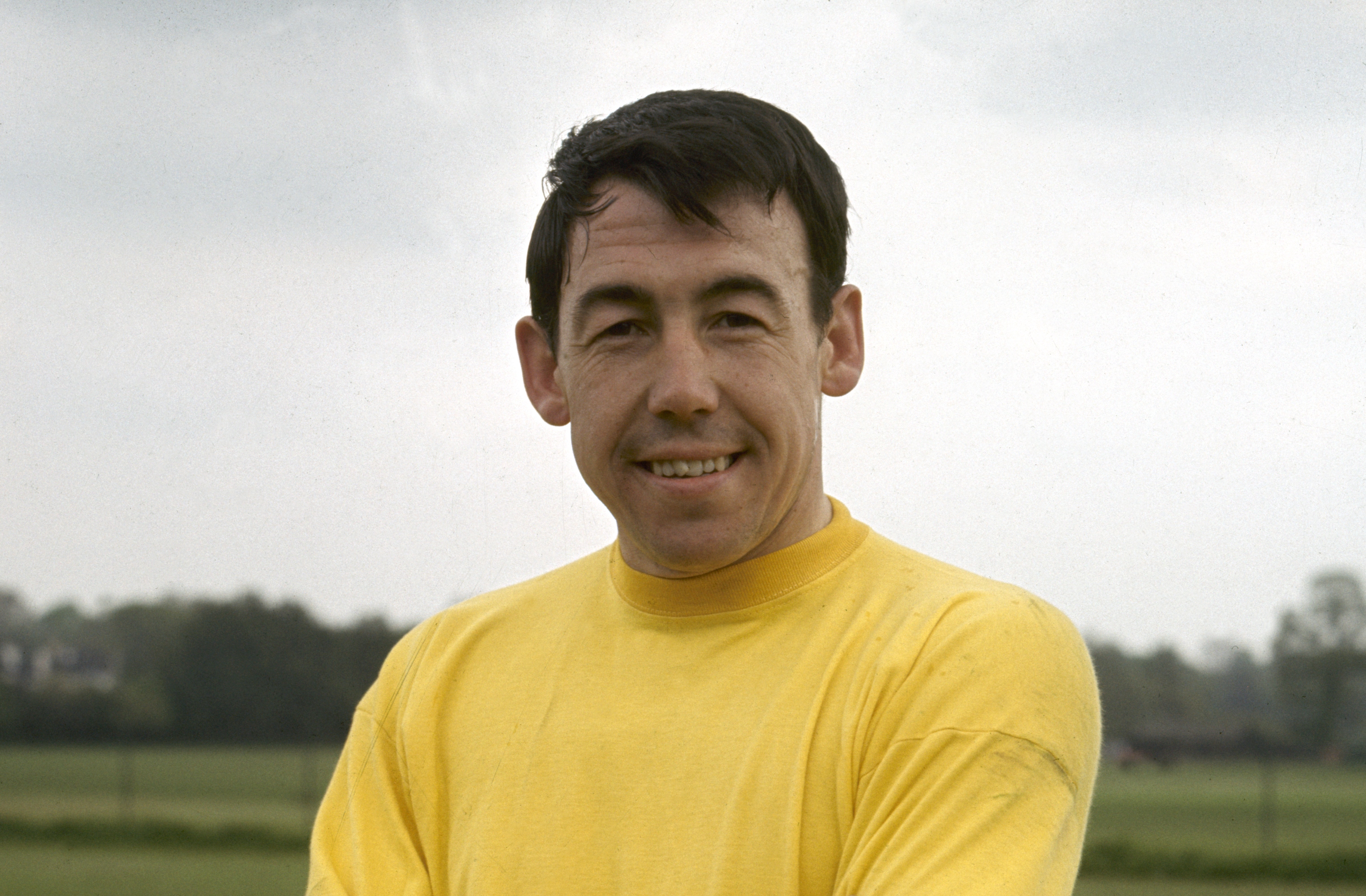
7. Gordon Banks
England’s finest goalkeeper of all time and one of the best ever from any country, Gordon Banks starred in the Three Lions’ 1966 World Cup triumph and, at the next edition of the tournament for years later, made the greatest save the game has ever seen: that one from Pele.
And it all began for him in the Third Division, where he caught the eye in 23 appearances for Chesterfield, completing a £7,000 switch to First Division Leicester in 1959.
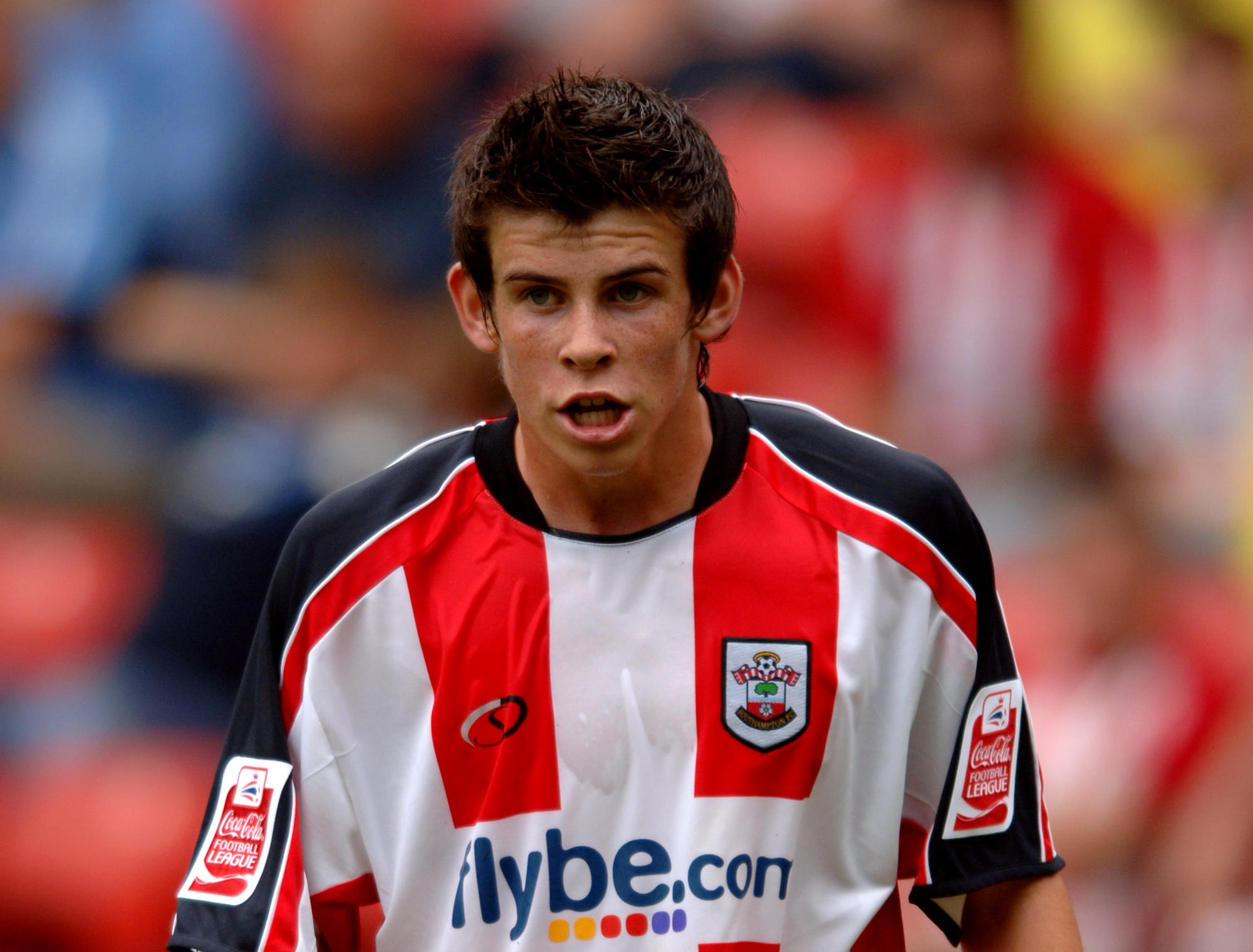
6. Gareth Bale
Arguably Wales’ greatest ever player, Gareth Bale won it all at club level with Real Madrid and starred in his country’s memorable run to the Euro 2016 semi-finals.
But his talents first came to attention at Southampton – where he made 40 Championship appearances (primarily at left-back, such as he was back then) before Premier League Tottenham came calling in 2007.
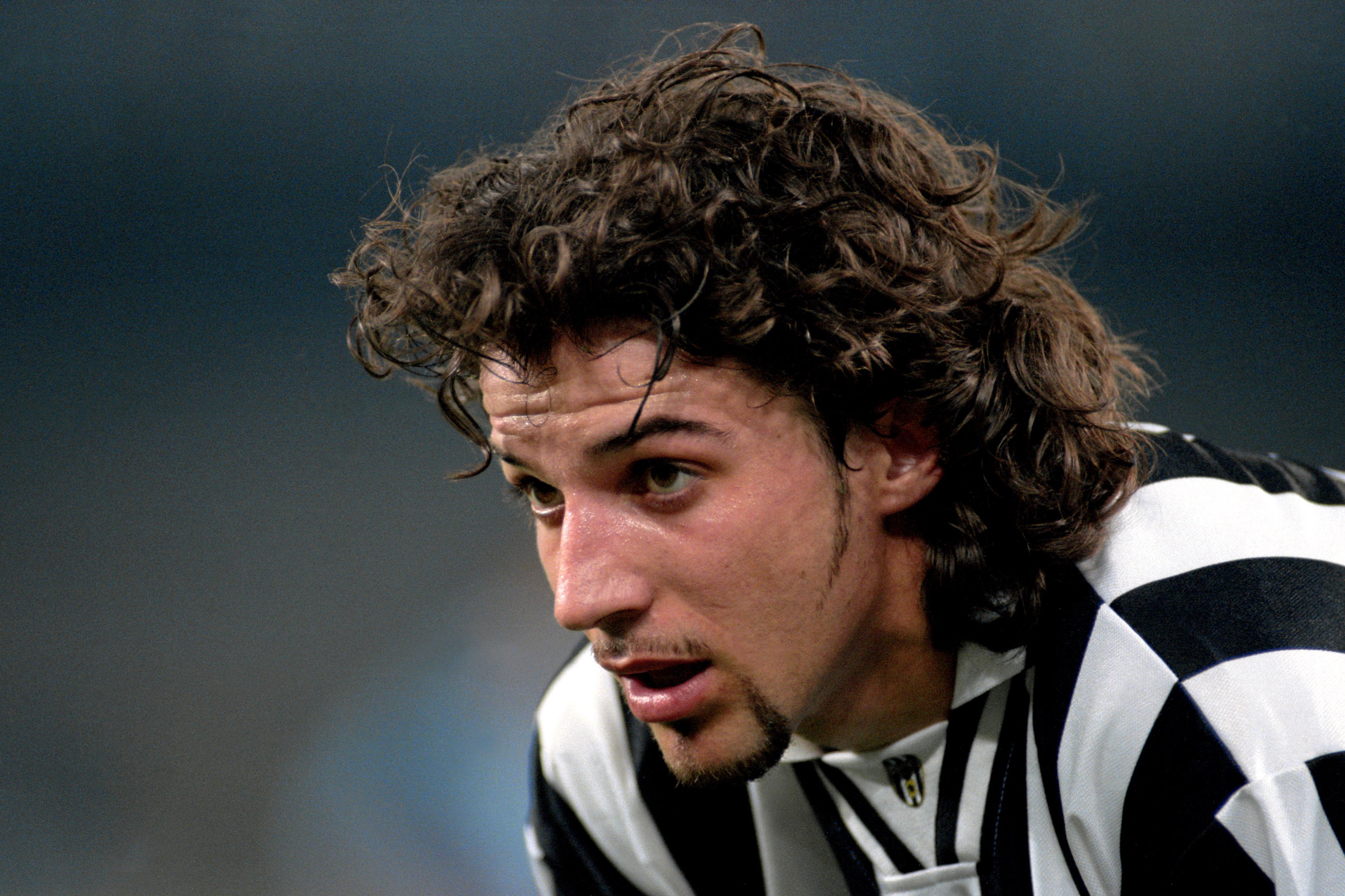
5. Alessandro Del Piero
An all-time great at Juventus and for the Italian national team, Alessandro Del Piero won the Champions League, multiple Serie A titles and the World Cup – and racked up over 300 career goals.
He spent almost 20 years with Juve – but he didn’t start out there, being handed his professional debut by Padova of Serie B in 1992.
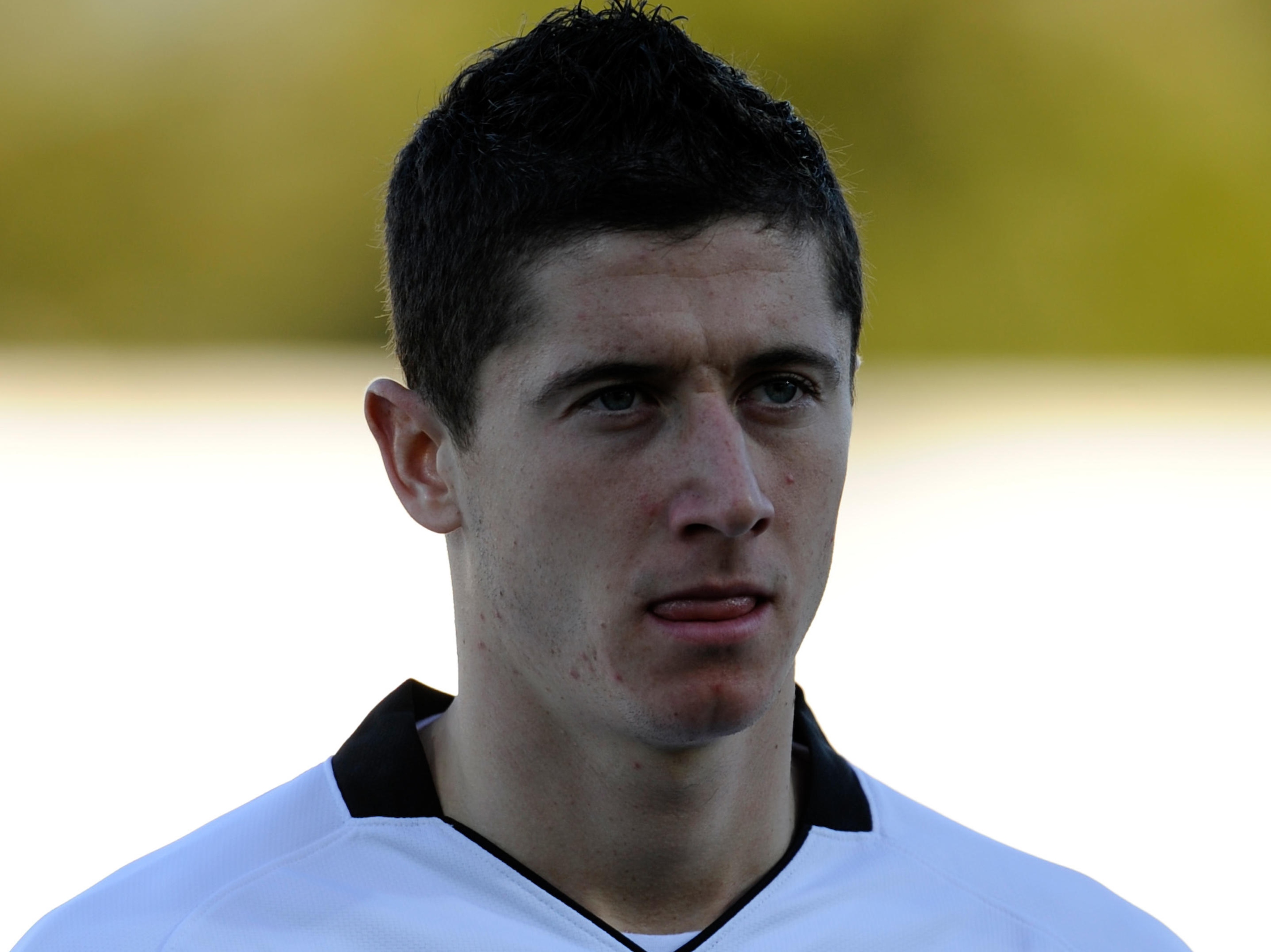
4. Robert Lewandowski
Poland’s finest ever player and one of the most devastating strikers in the history of the game, Robert Lewandowski made scoring look ridiculously easy during his spells with Bundesliga giants Borussia Dortmund and Bayern Munich – for whom he notched 103 and 344 goals respectively.
Signed by Dortmund from one of Poland’s biggest clubs, Lech Poznan, in 2010, the future Polish national team skipper – somewhat unbelievably – started out in the fourth tier of Polish football at Delta Warsaw.
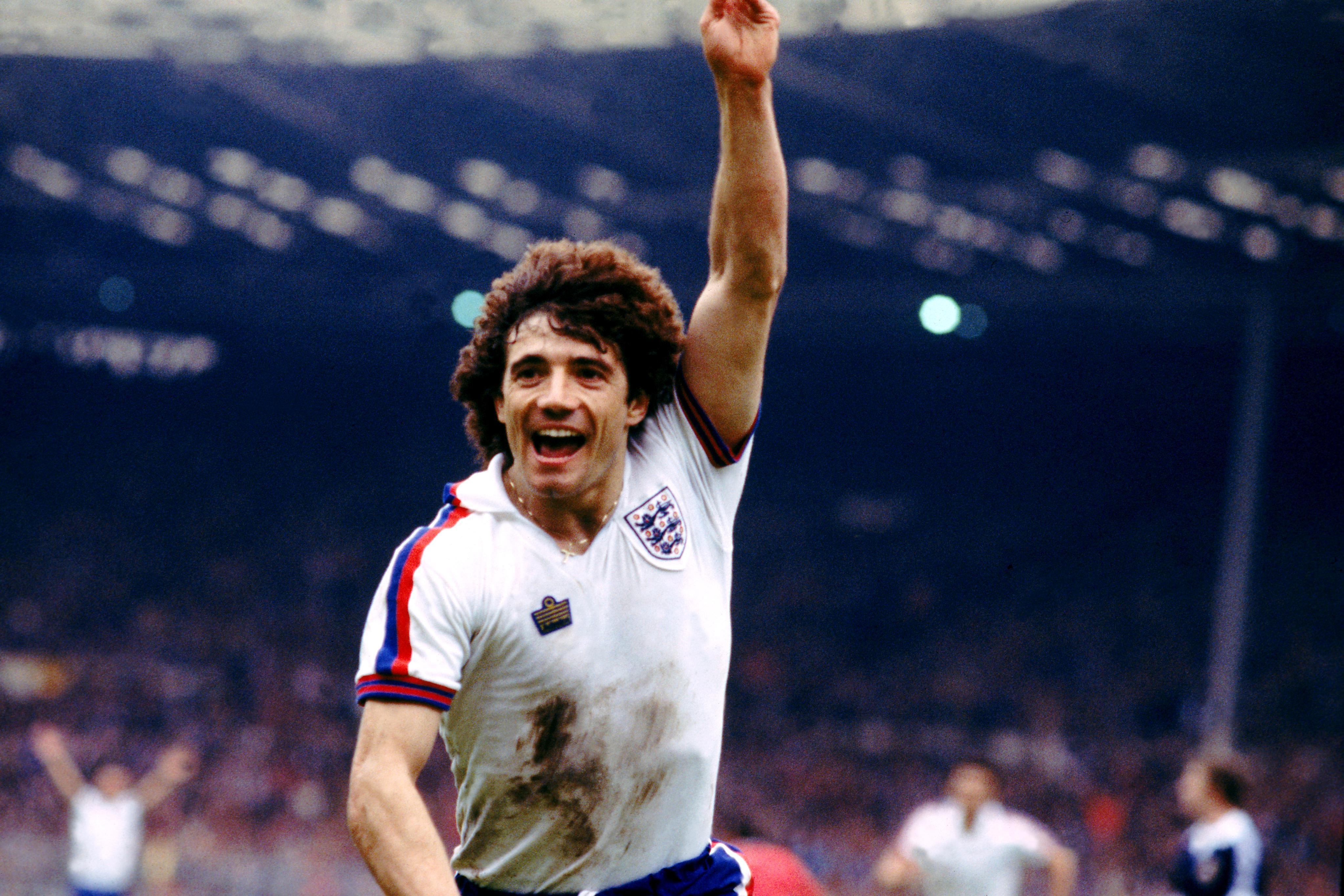
3. Kevin Keegan
England’s best player of the 70s and among their very best of all time, Kevin Keegan won major trophies with Liverpool and Hamburg – starring as the latter lifted their maiden European Cup in 1976/77 – and claimed back-to-back Ballons d’Or in 1978 and 1979.
Remarkably, the dazzling forward had begun the decade at Fourth Division Scunthorpe United – who he left for Liverpool in a £33,000 deal in 1971.
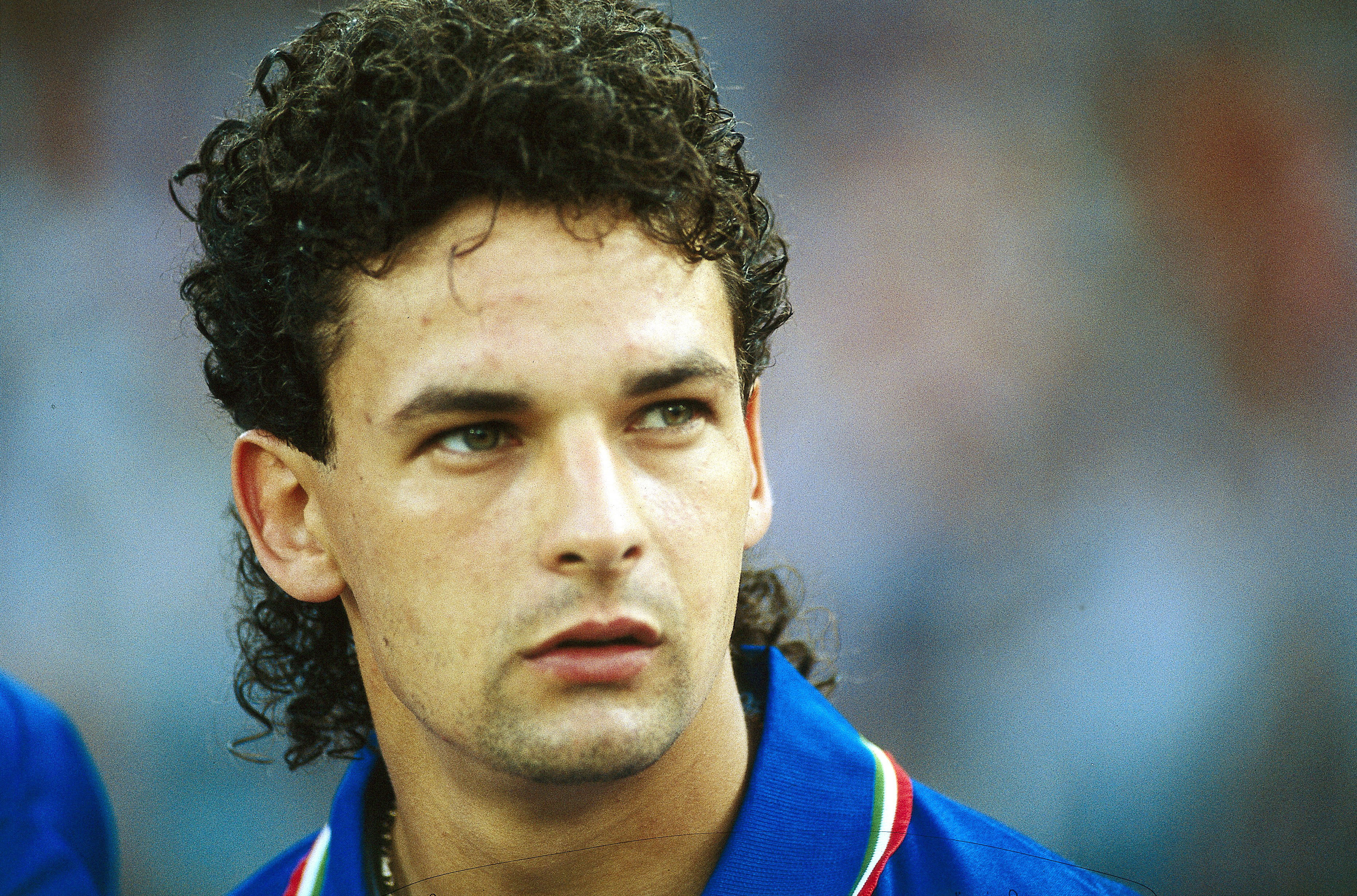
2. Roberto Baggio
An indisputable legend of the Italian and global game, Roberto Baggio was up there with the very best players on the planet during the 90s – when he won the Ballon d’Or, claimed major silverware with Juventus and Milan, and came agonisingly close to World Cup victory with Italy.
‘The Divine Ponytail’ began his professional career in the third tier of Italian football, however, spending three seasons at Vicenza before Fiorentina snapped him up in 1985.
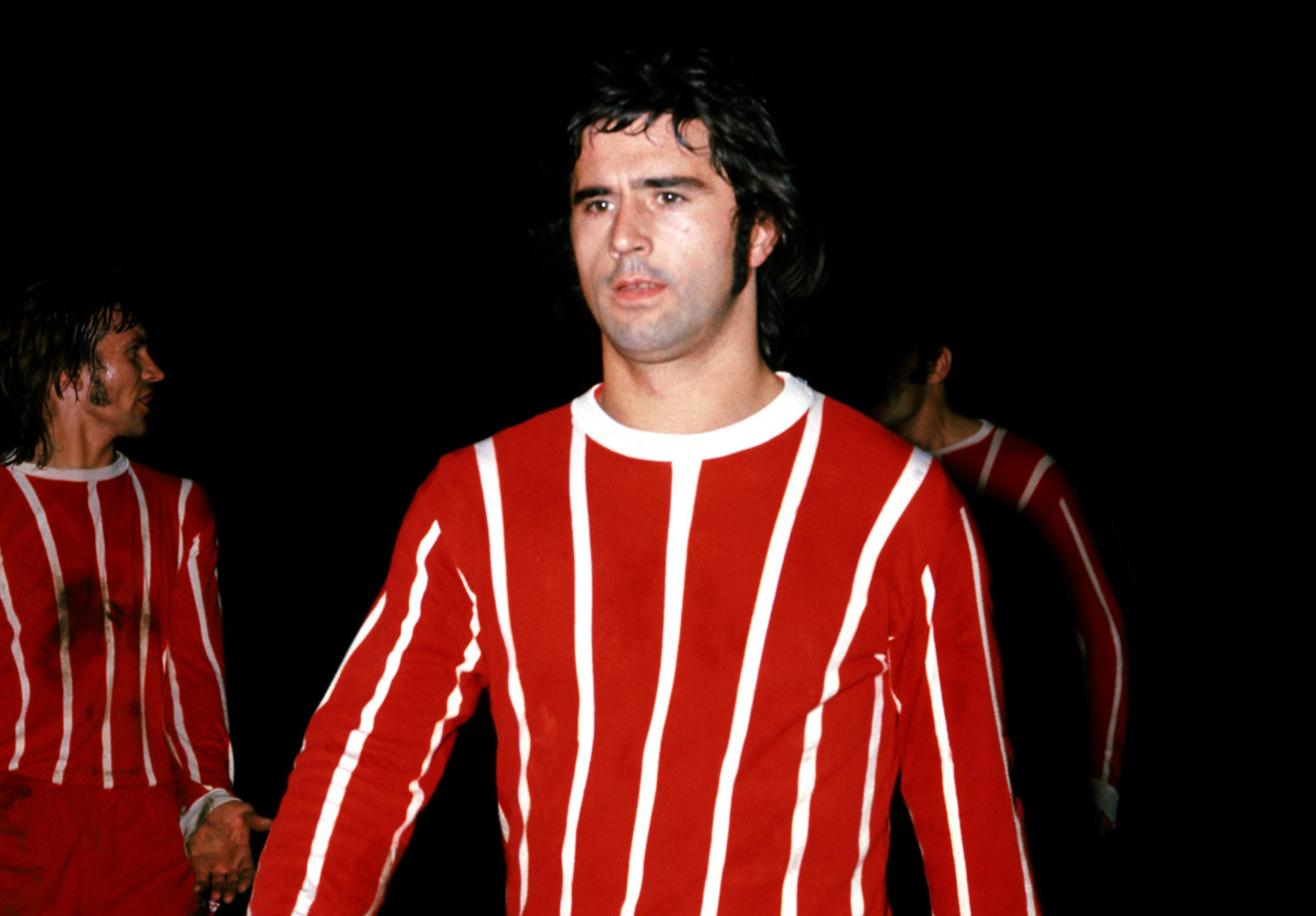
1. Gerd Muller
One of the most naturally clinical strikers in football history, 1970 Ballon d’Or recipient Gerd Muller amassed 735 career goals at an average of not far off one per game.
A serial winner with Bayern Munich – who he helped to three straight European Cups – and West Germany – with whom he enjoyed 1972 European Championship and 1974 World Cup success – ‘Der Bomber’ rose through the youth ranks at hometown club 1861 Nordlingen – who were playing in the fifth tier when Bayern signed him in 1964.

Tom Hancock started freelancing for FourFourTwo in April 2019 and has also written for the Premier League and Opta Analyst, among others. He supports Wycombe Wanderers and has a soft spot for Wealdstone. A self-confessed statto, he has been known to watch football with a spreadsheet (or several) open...
